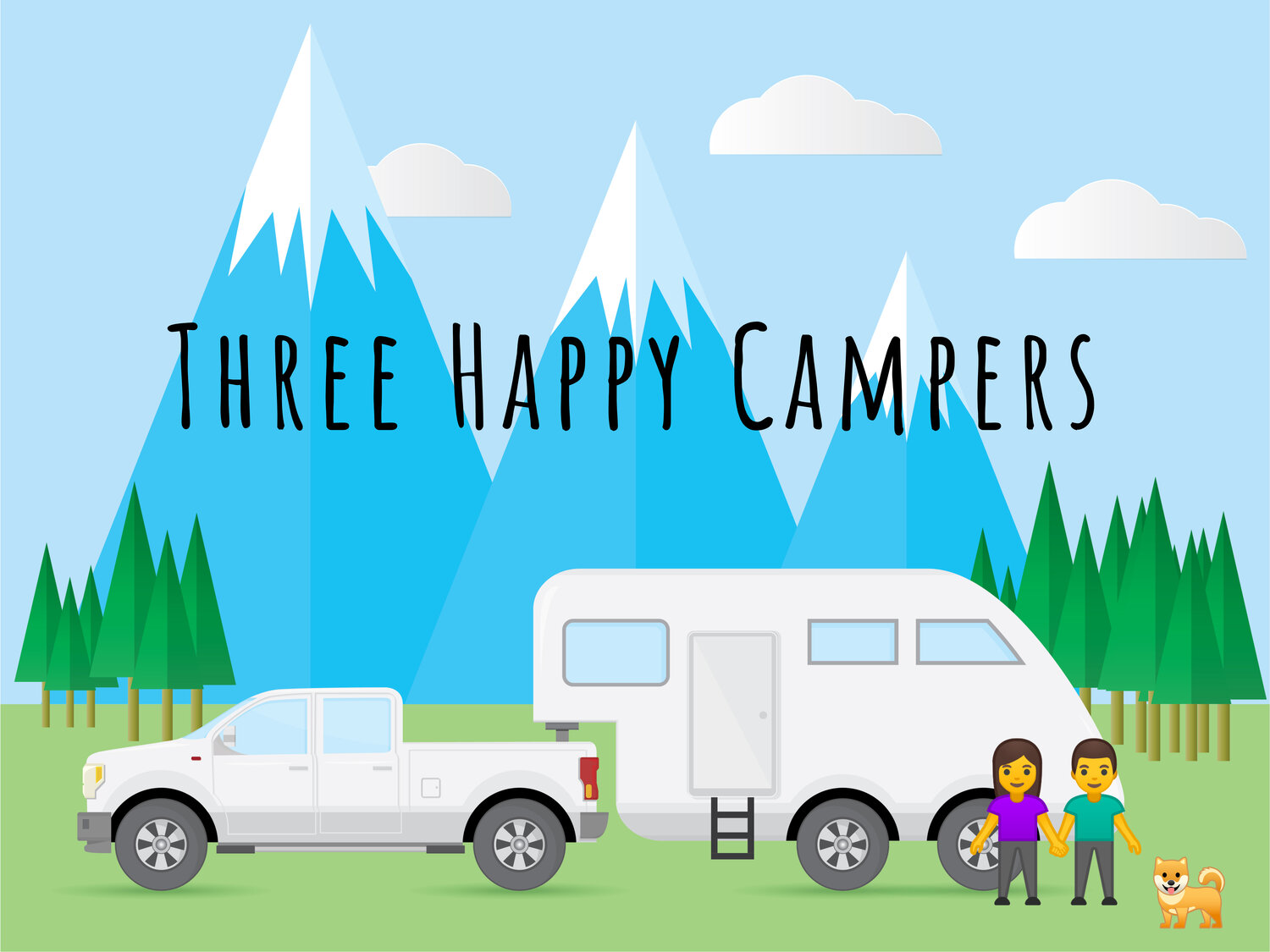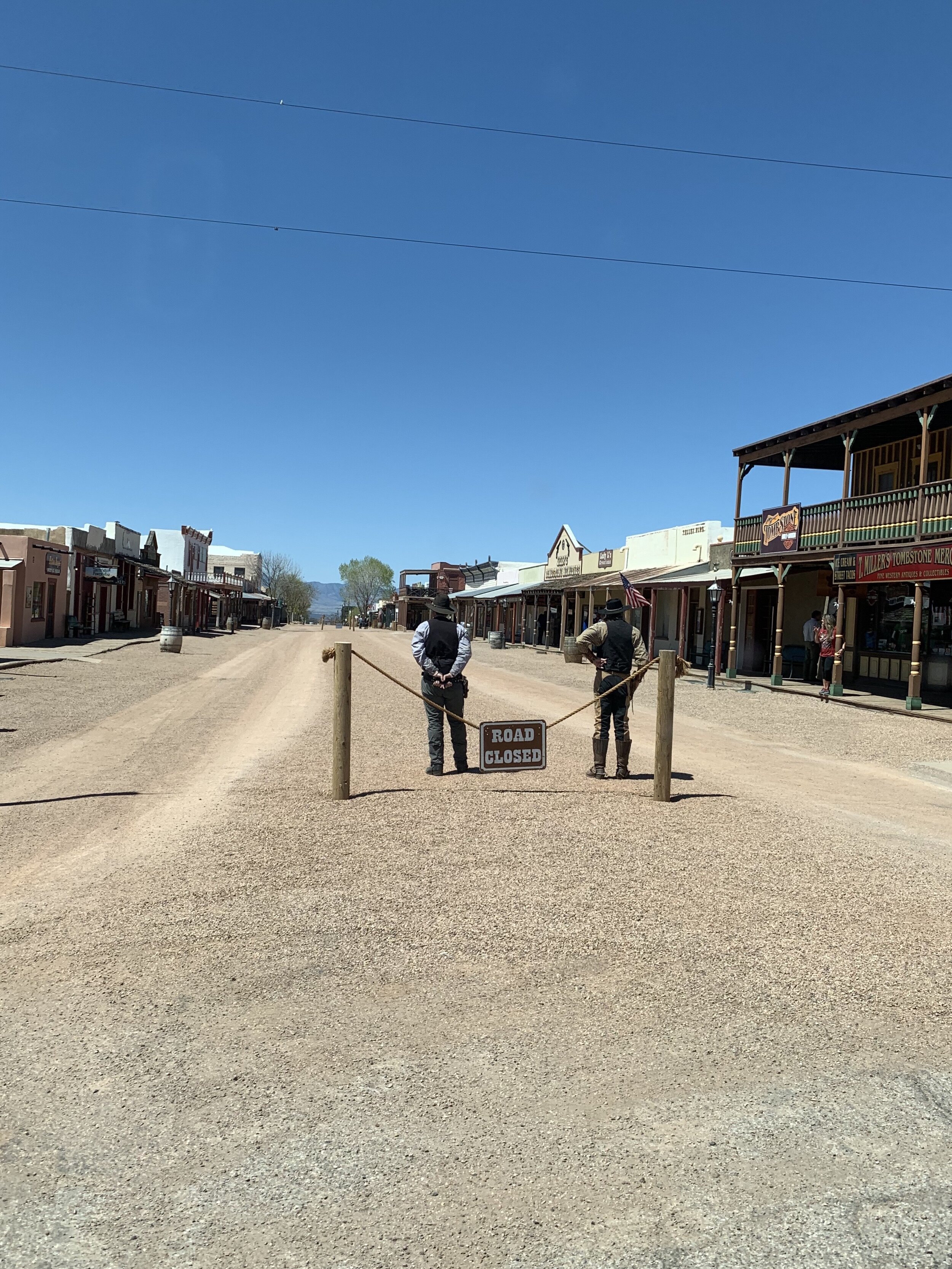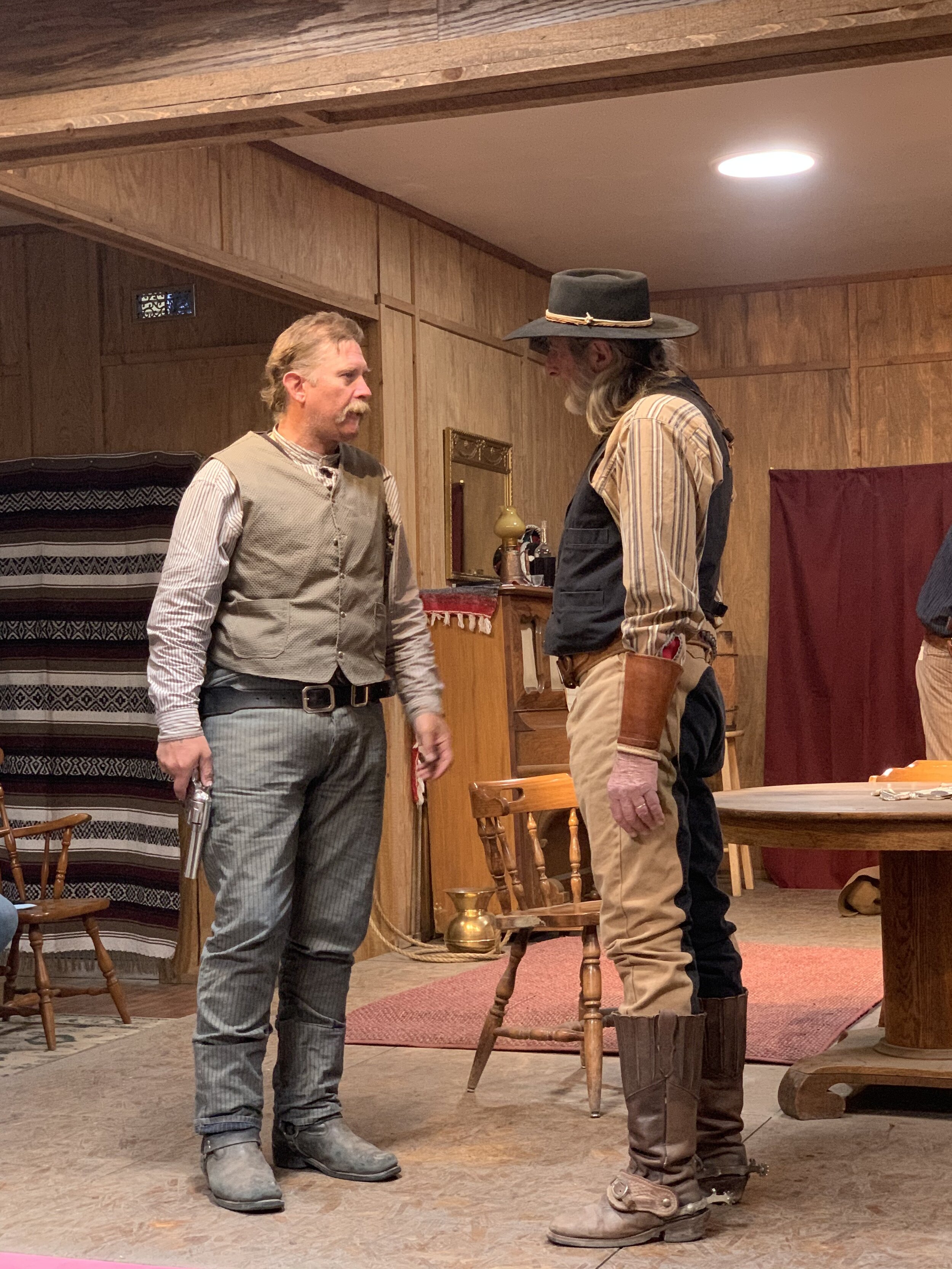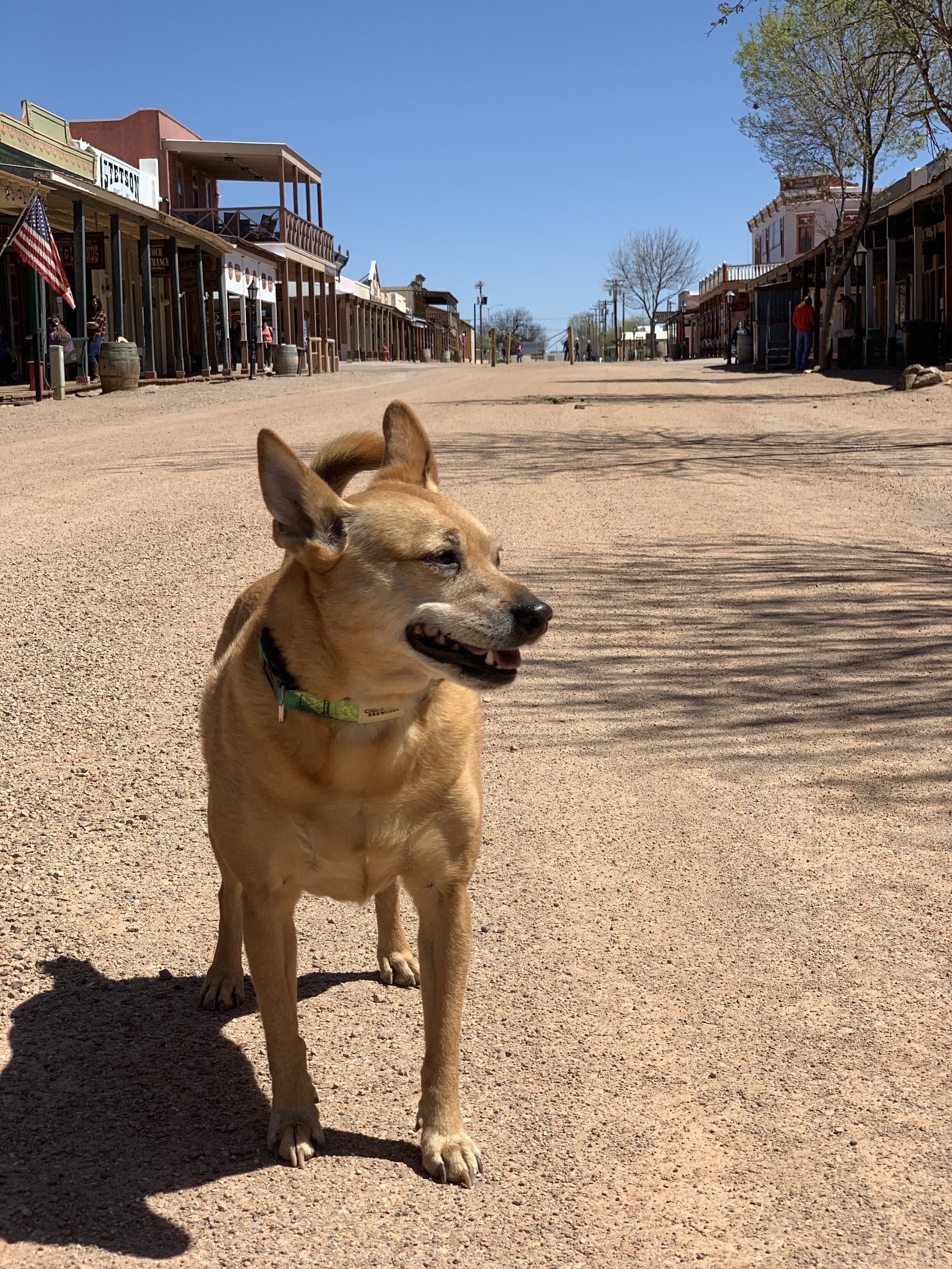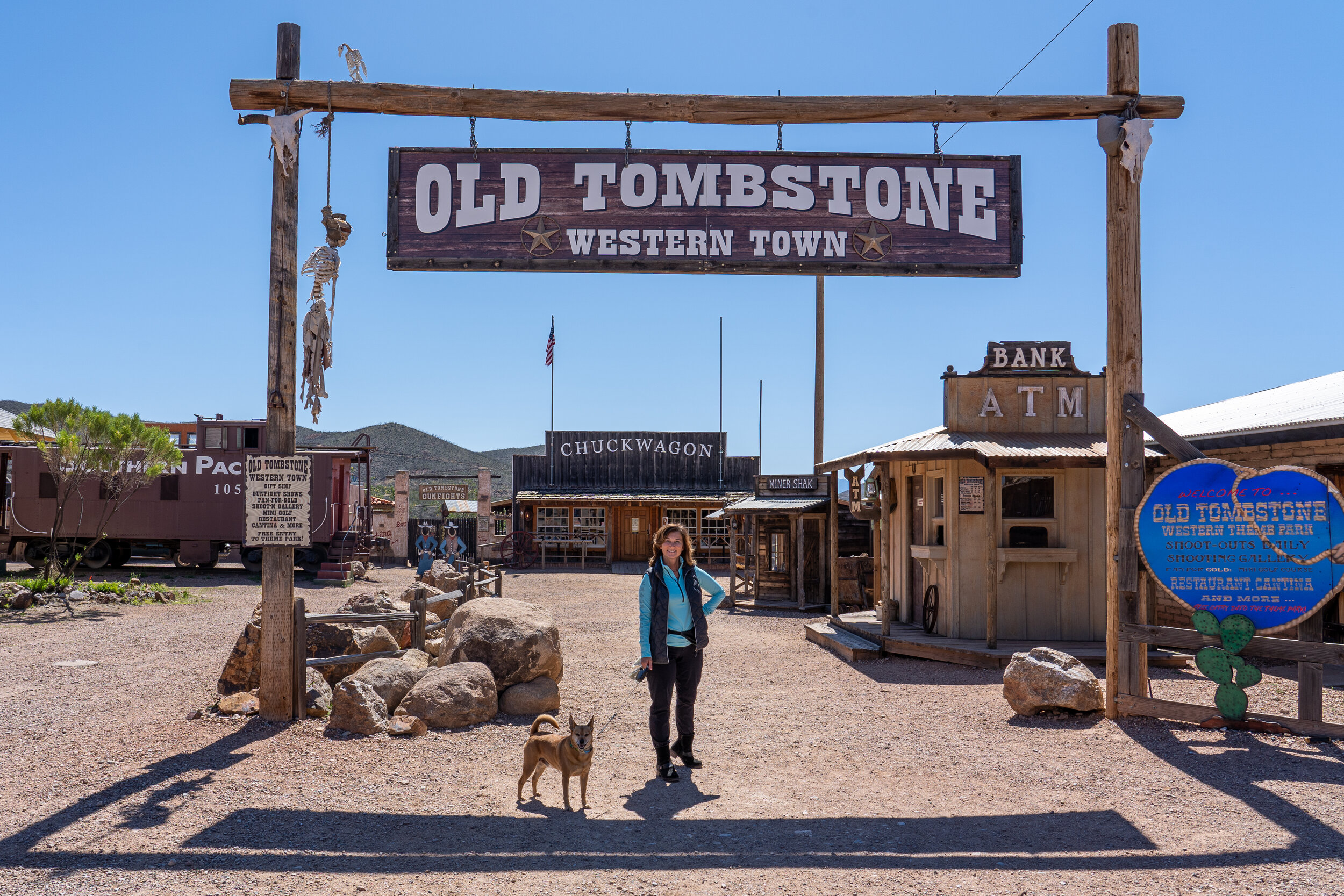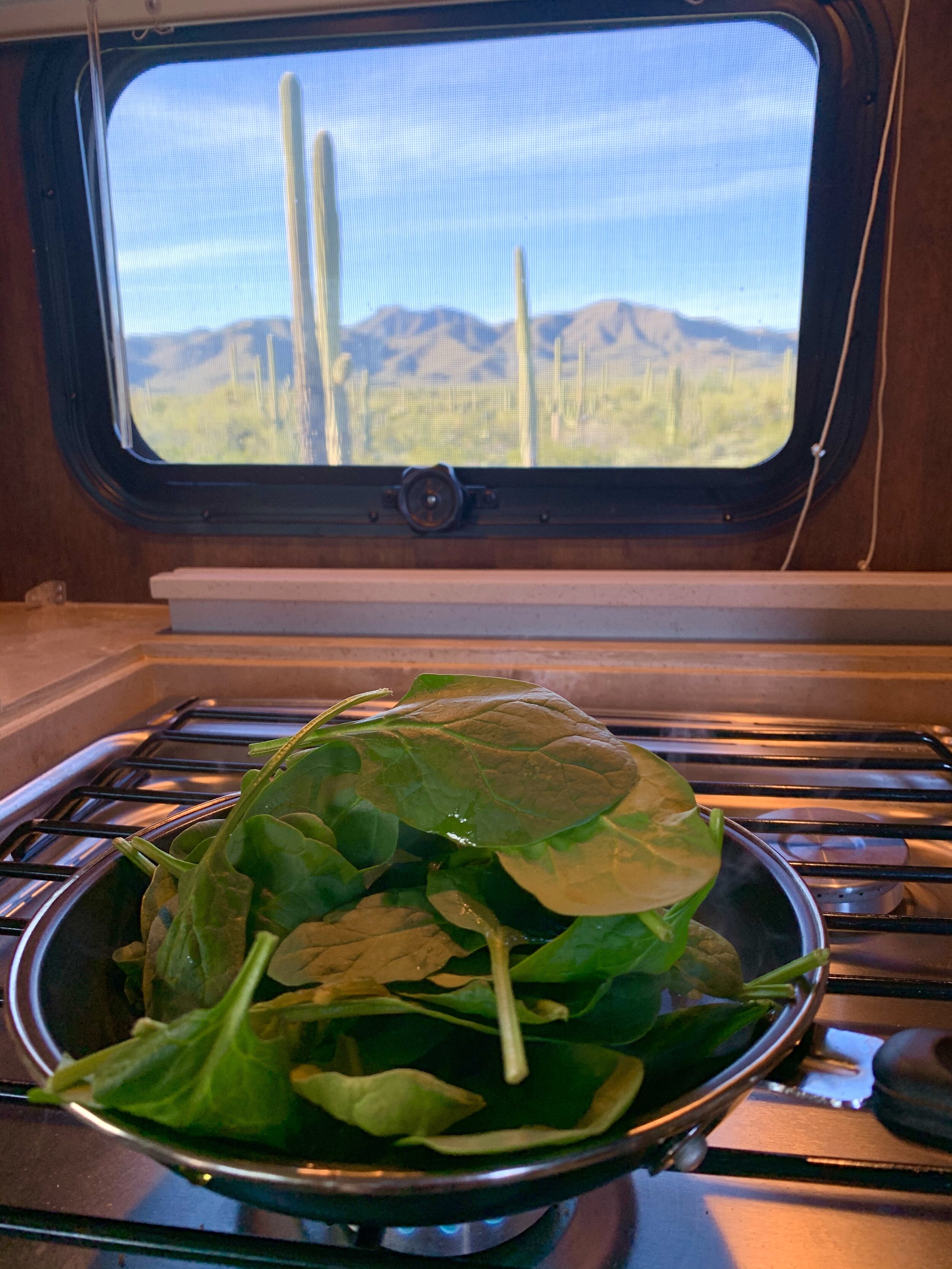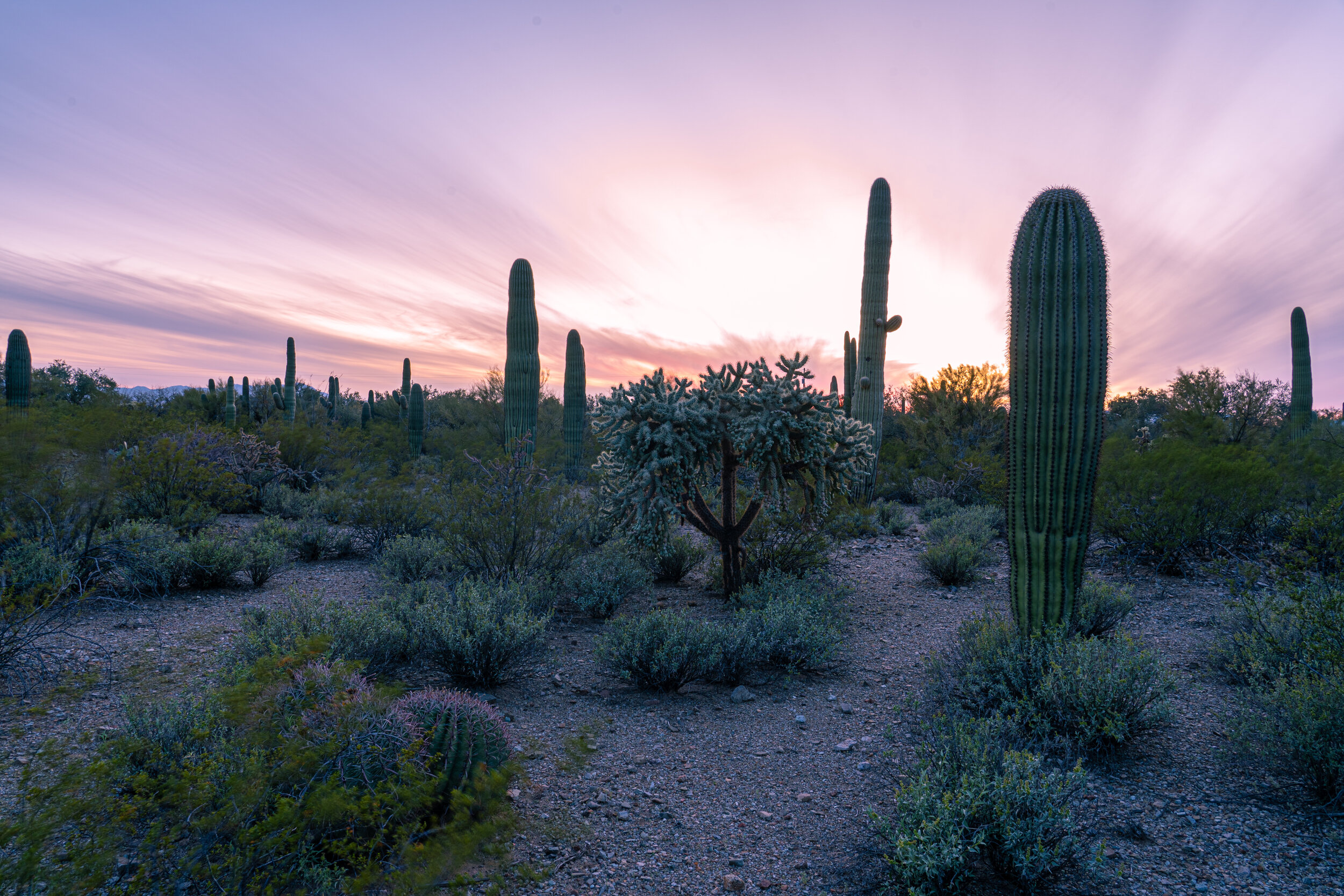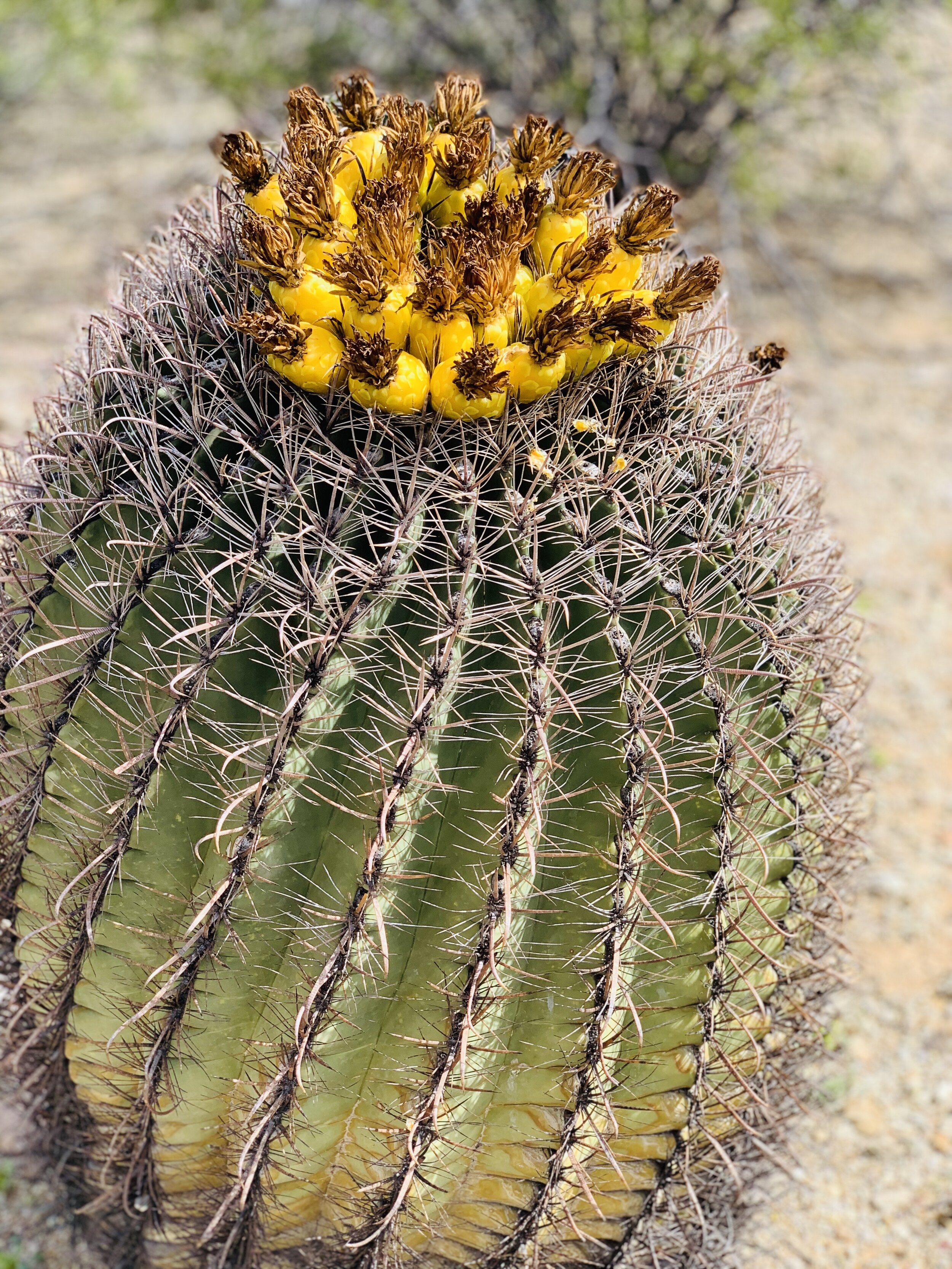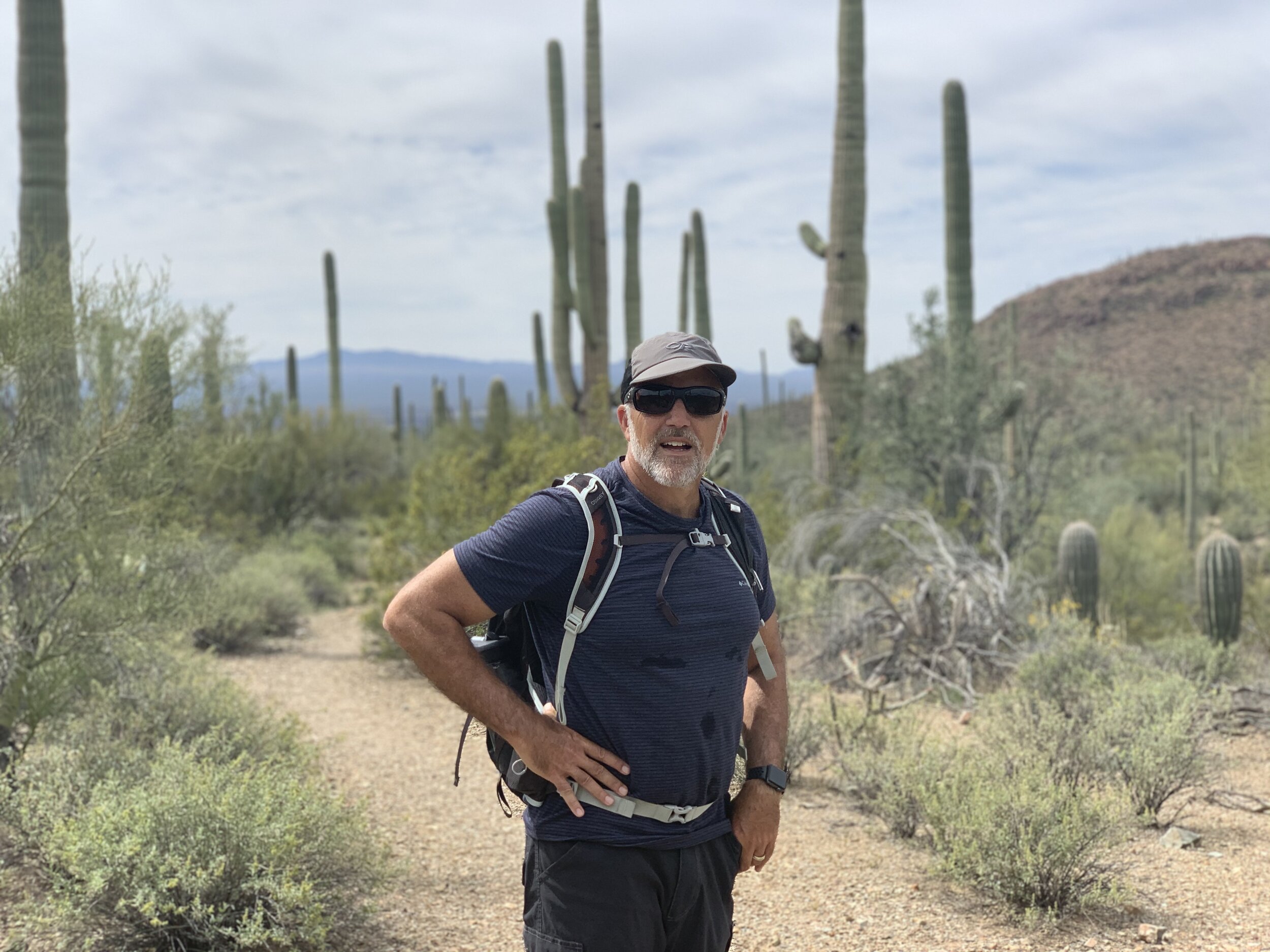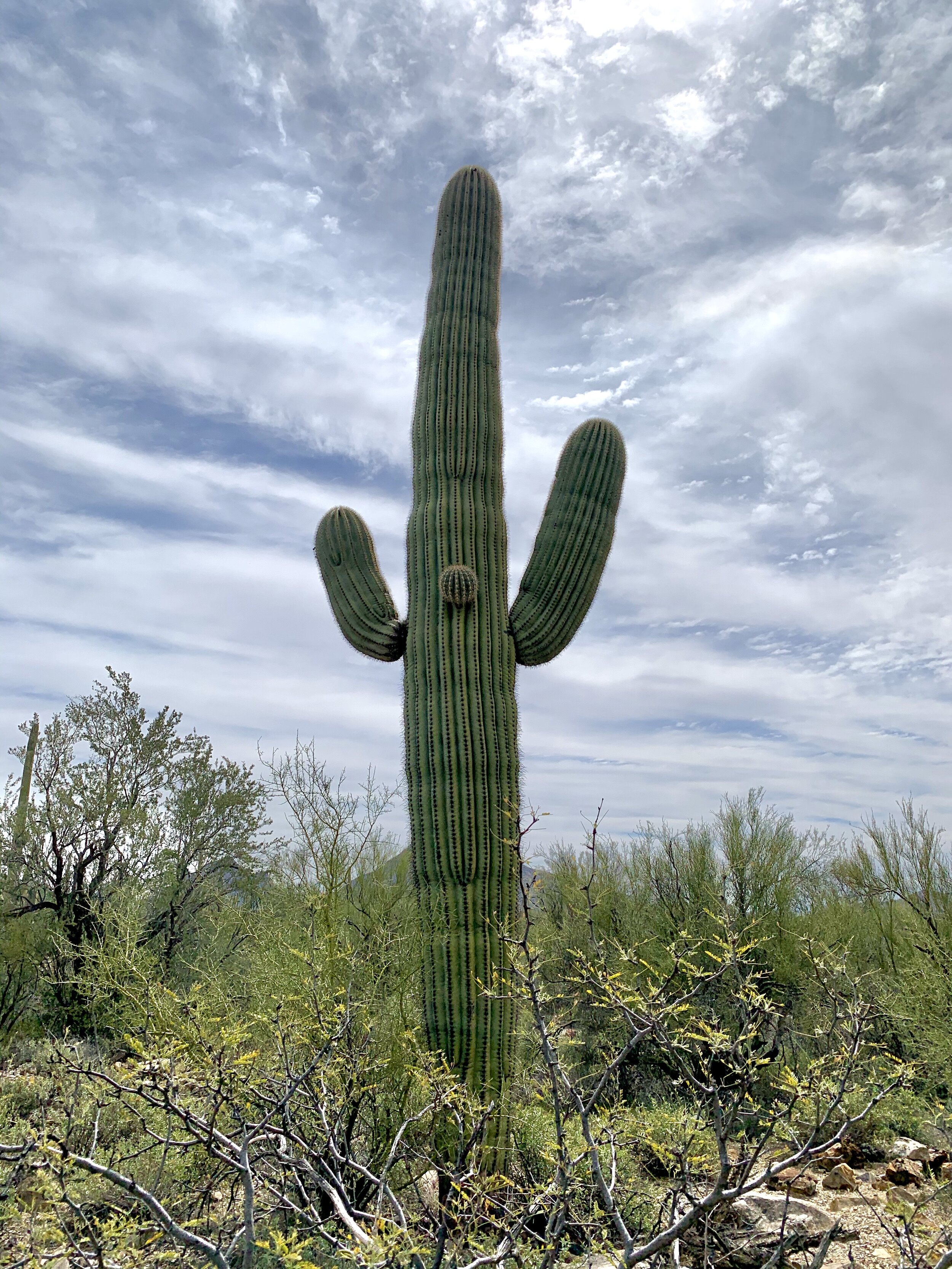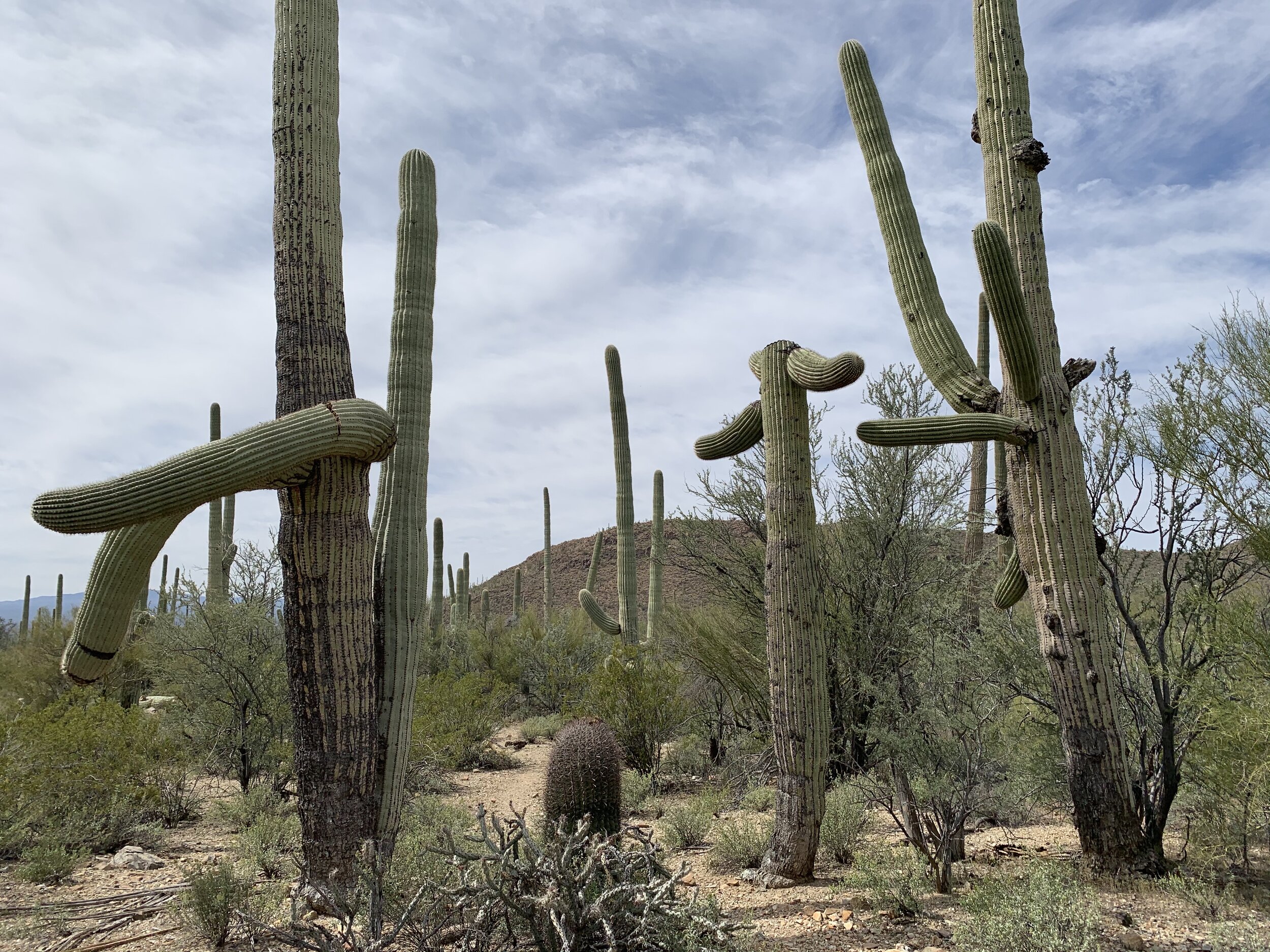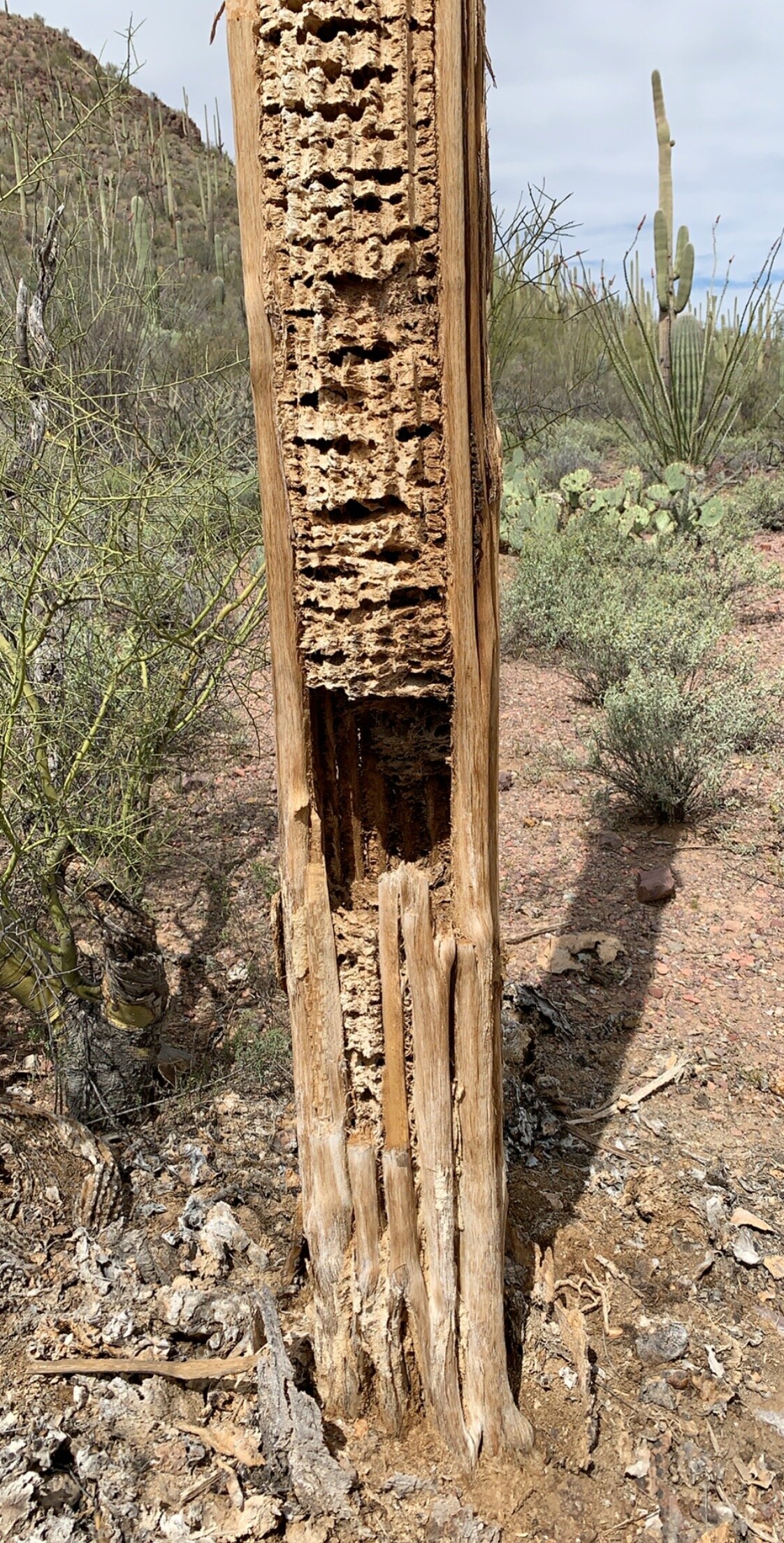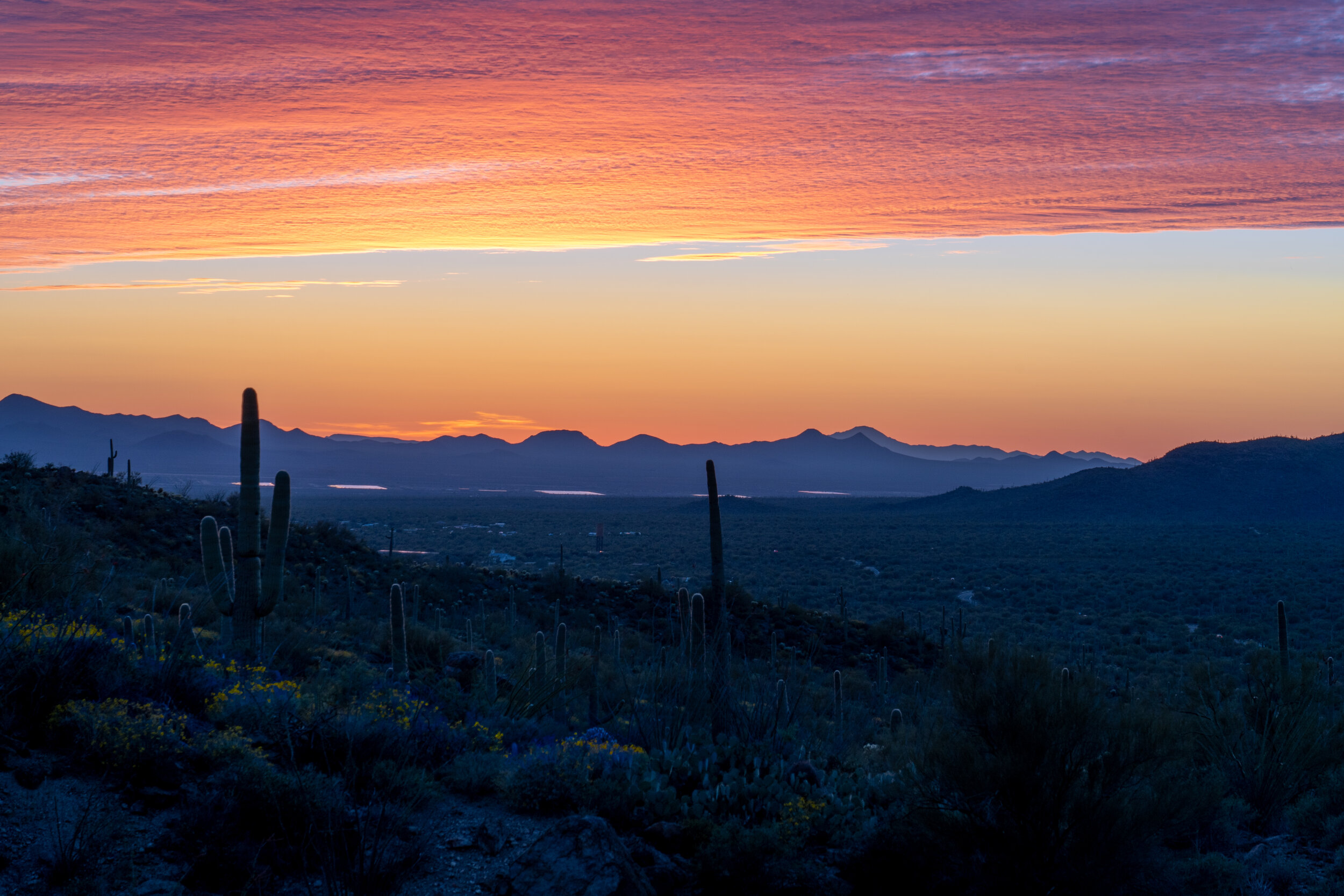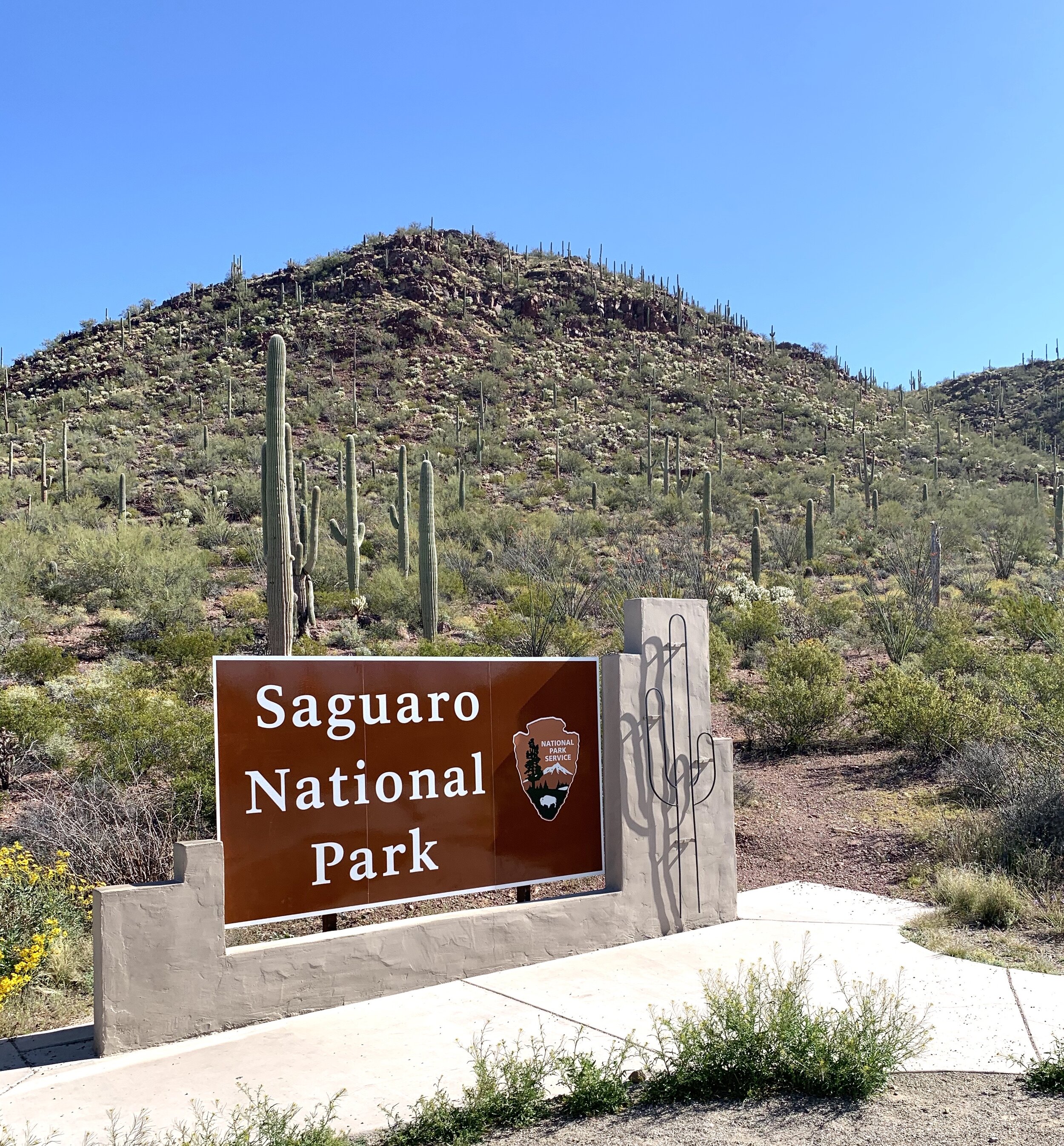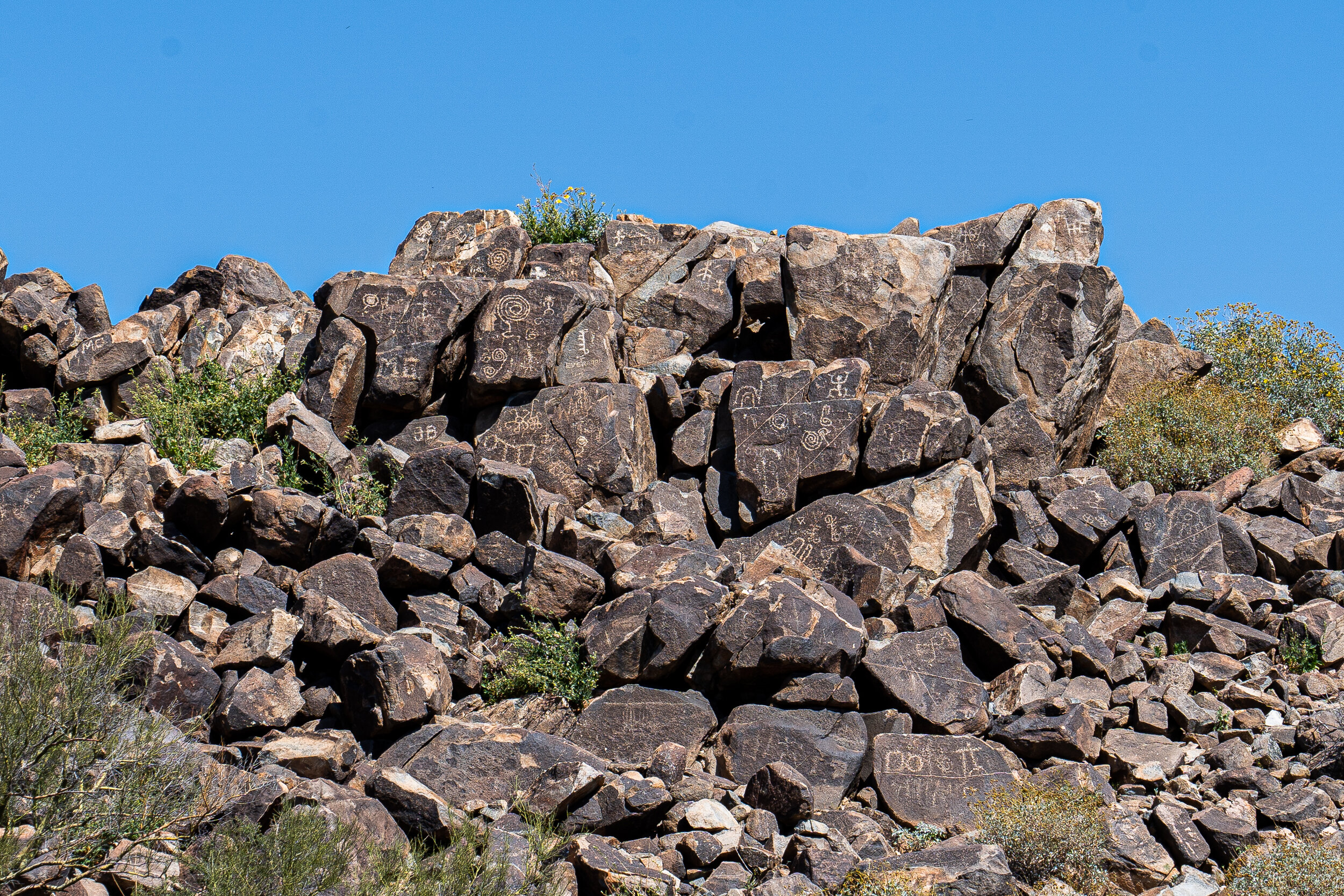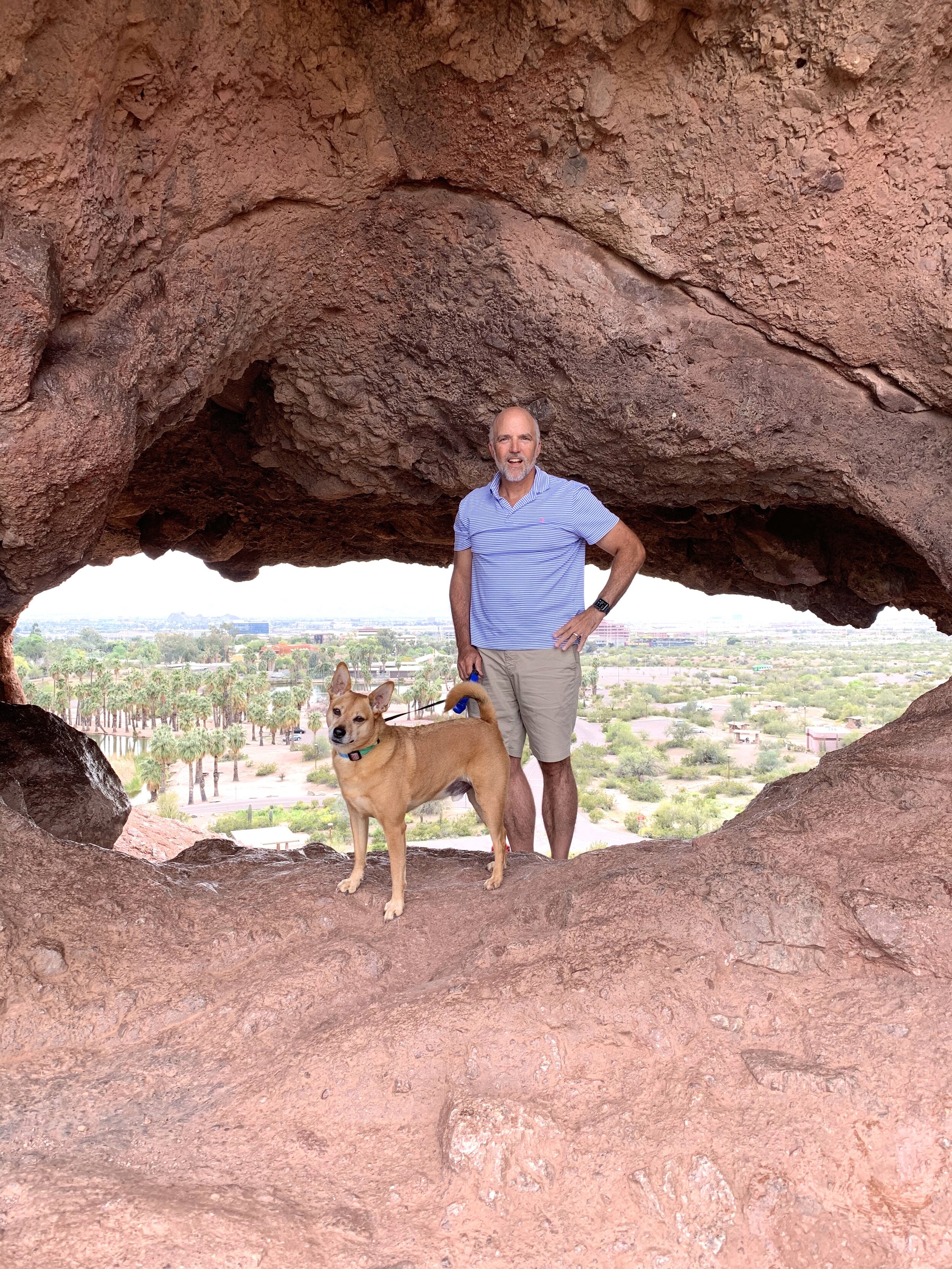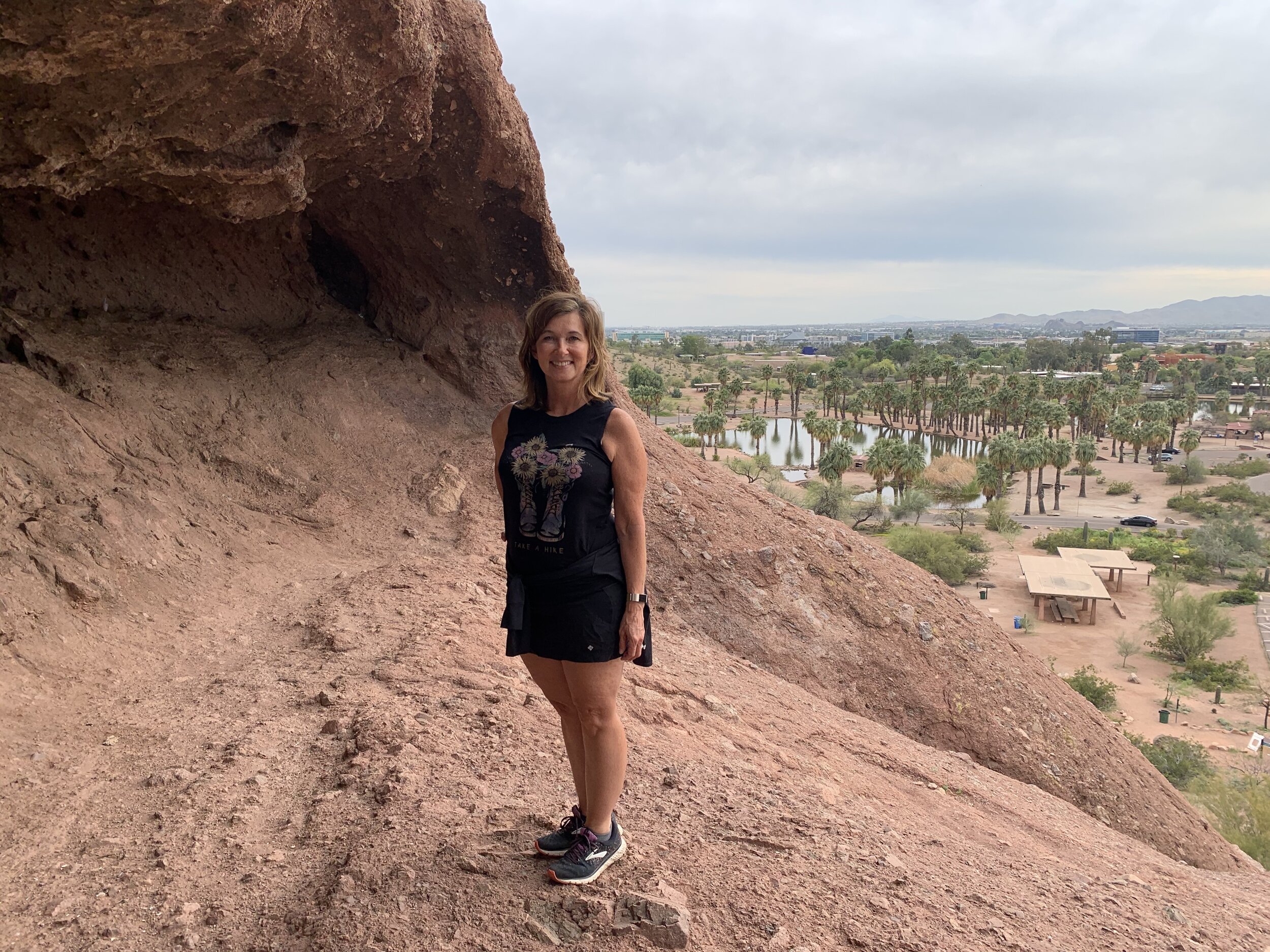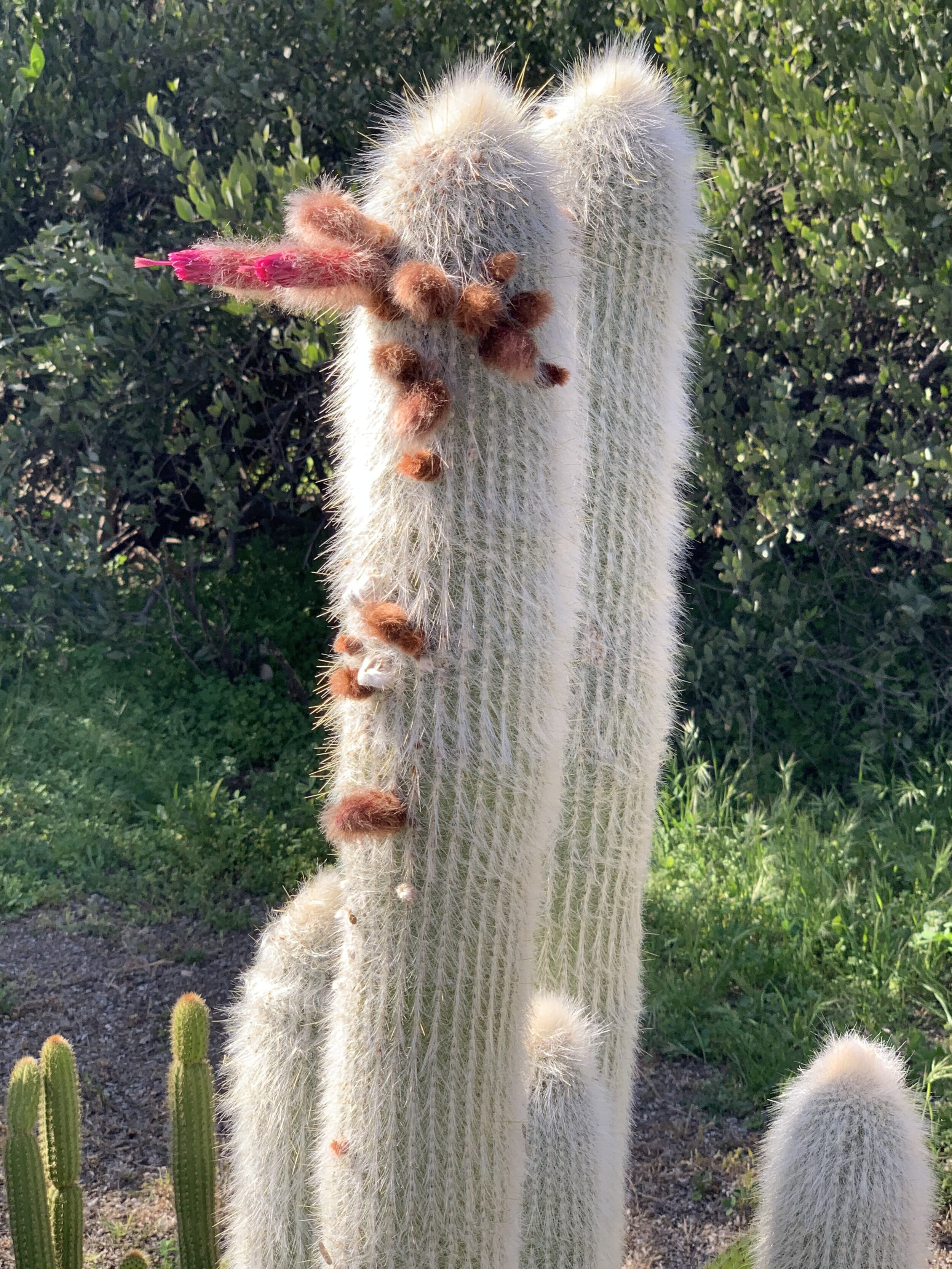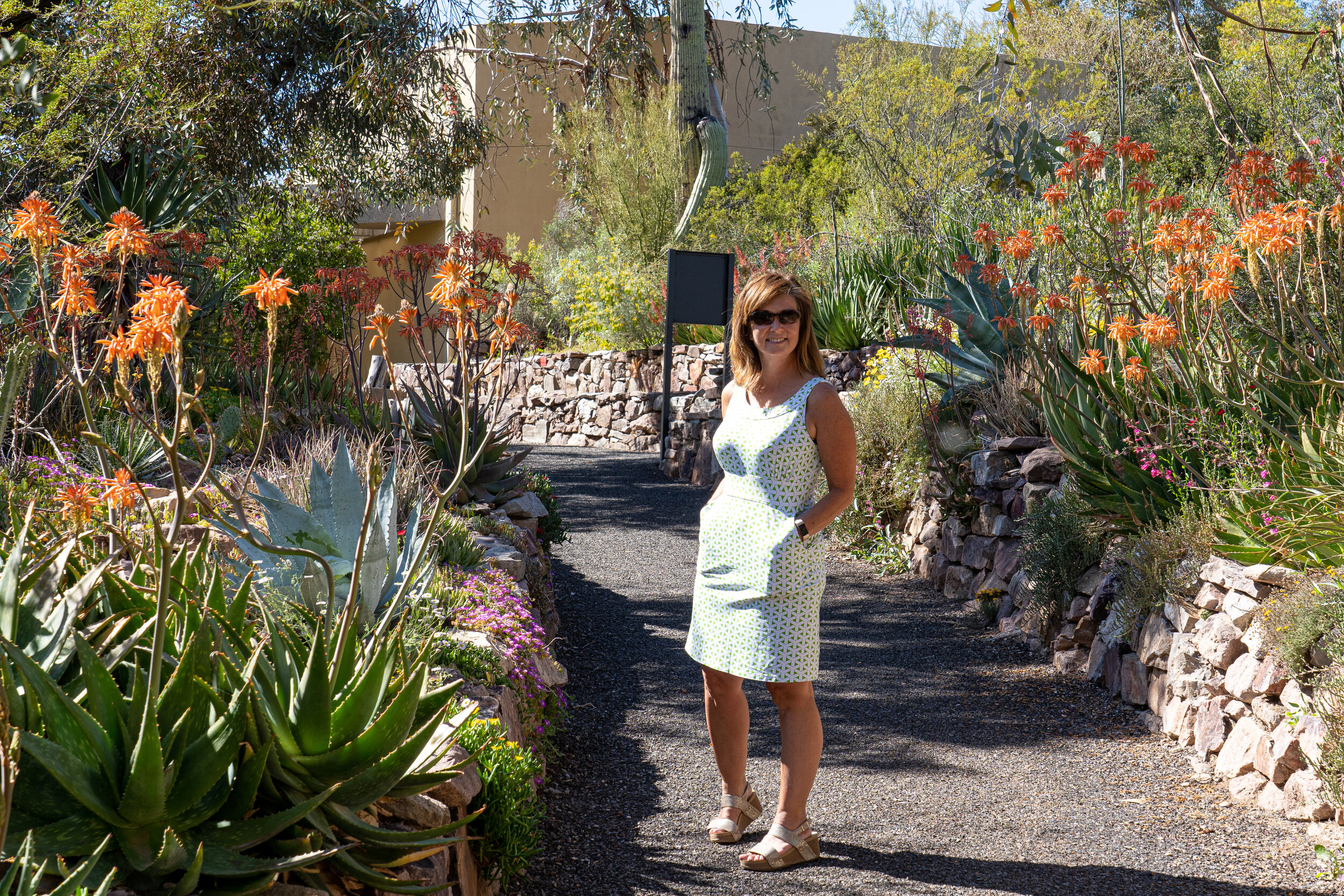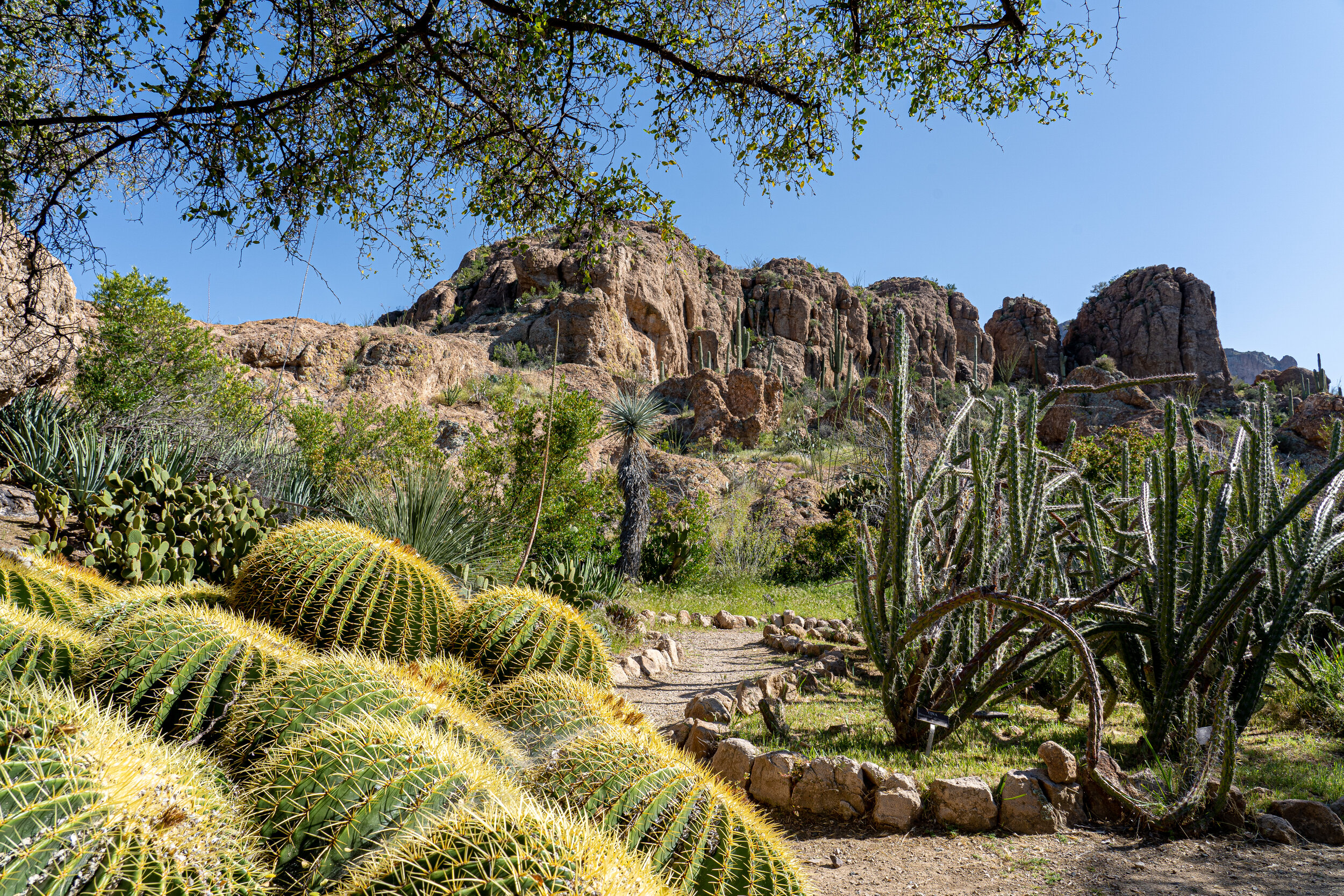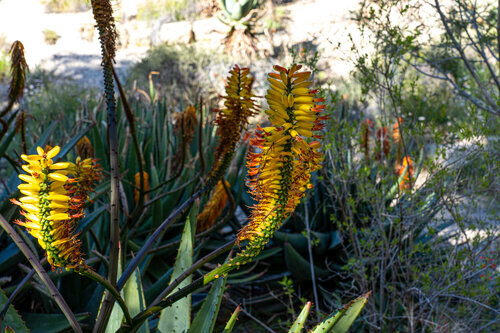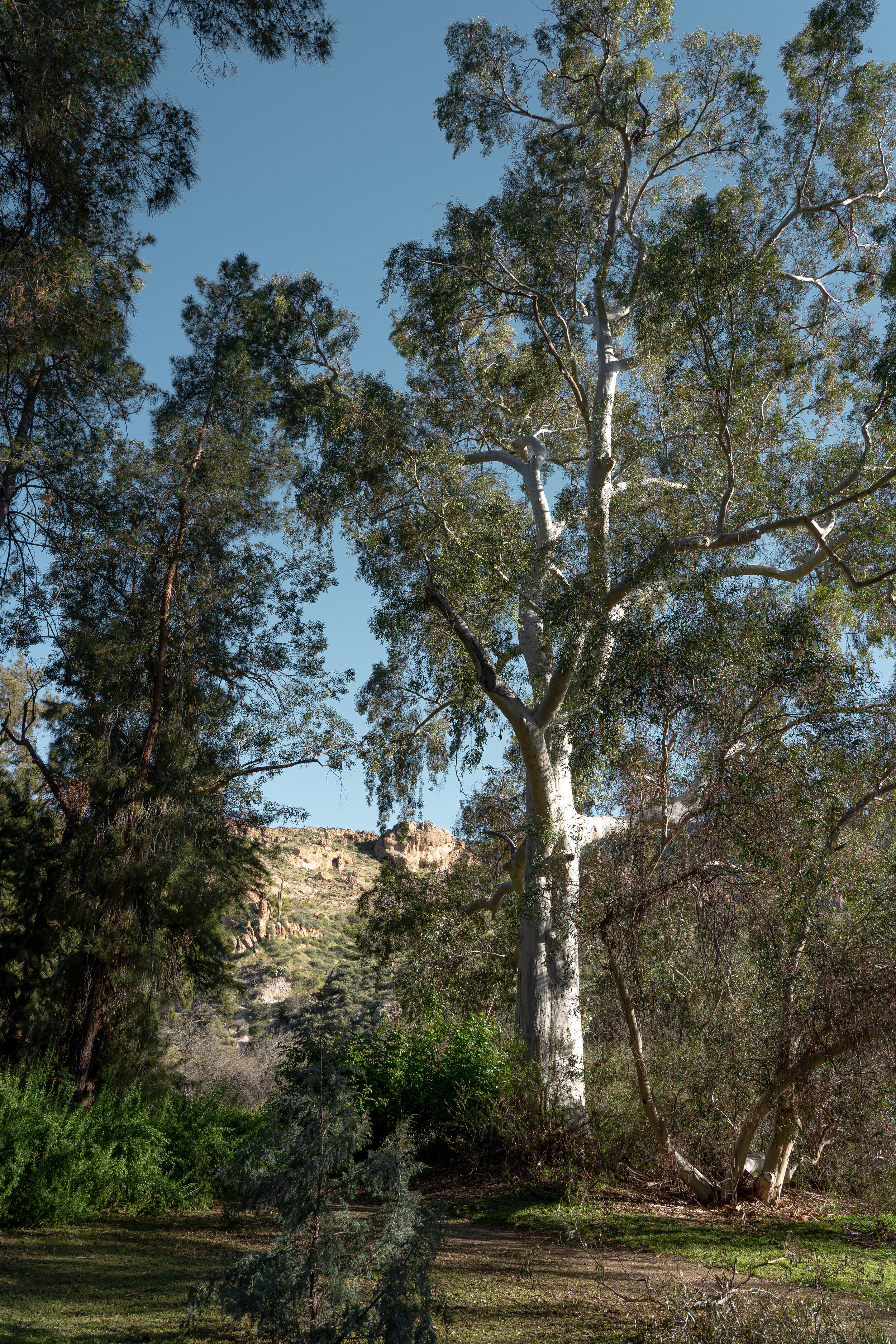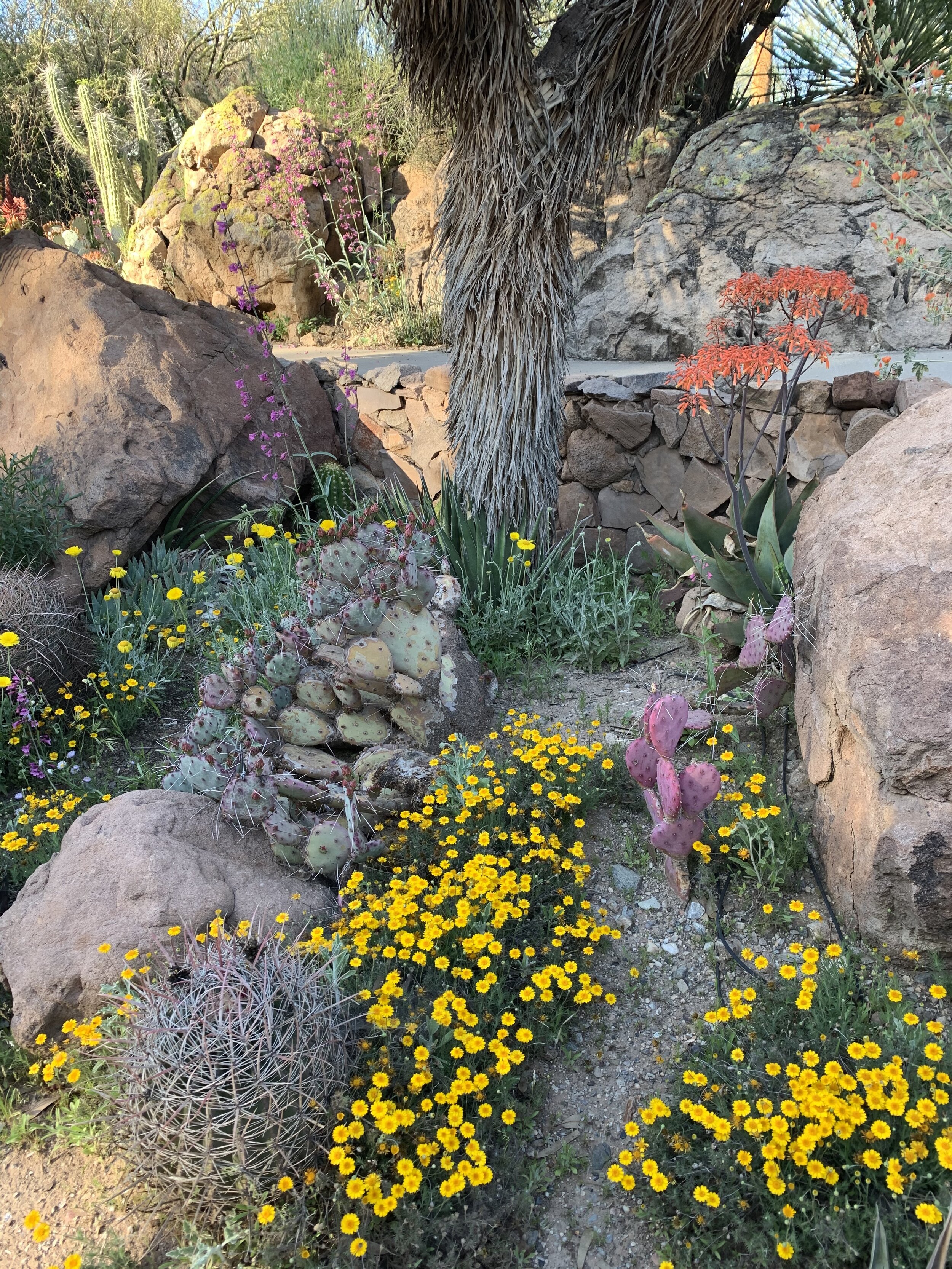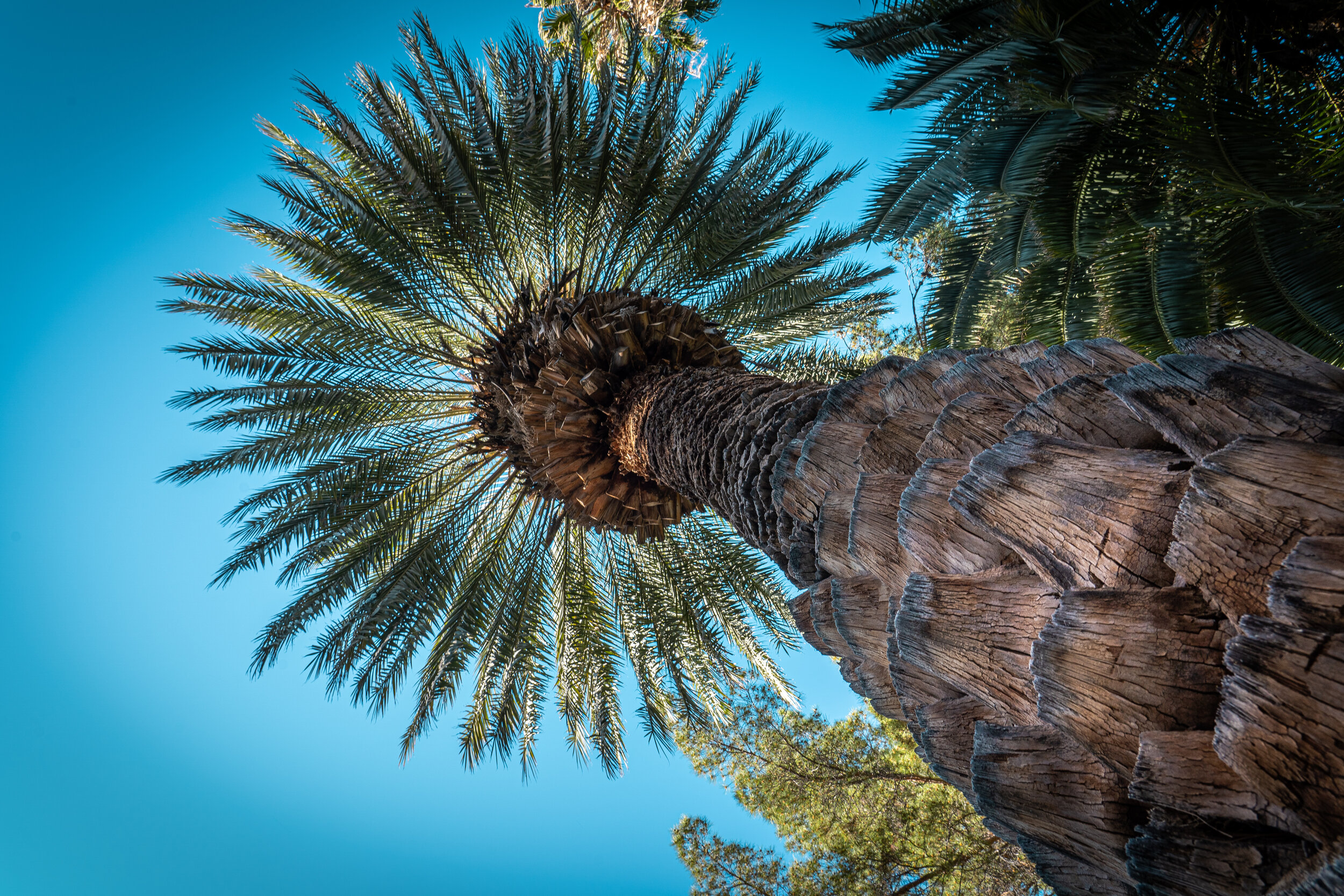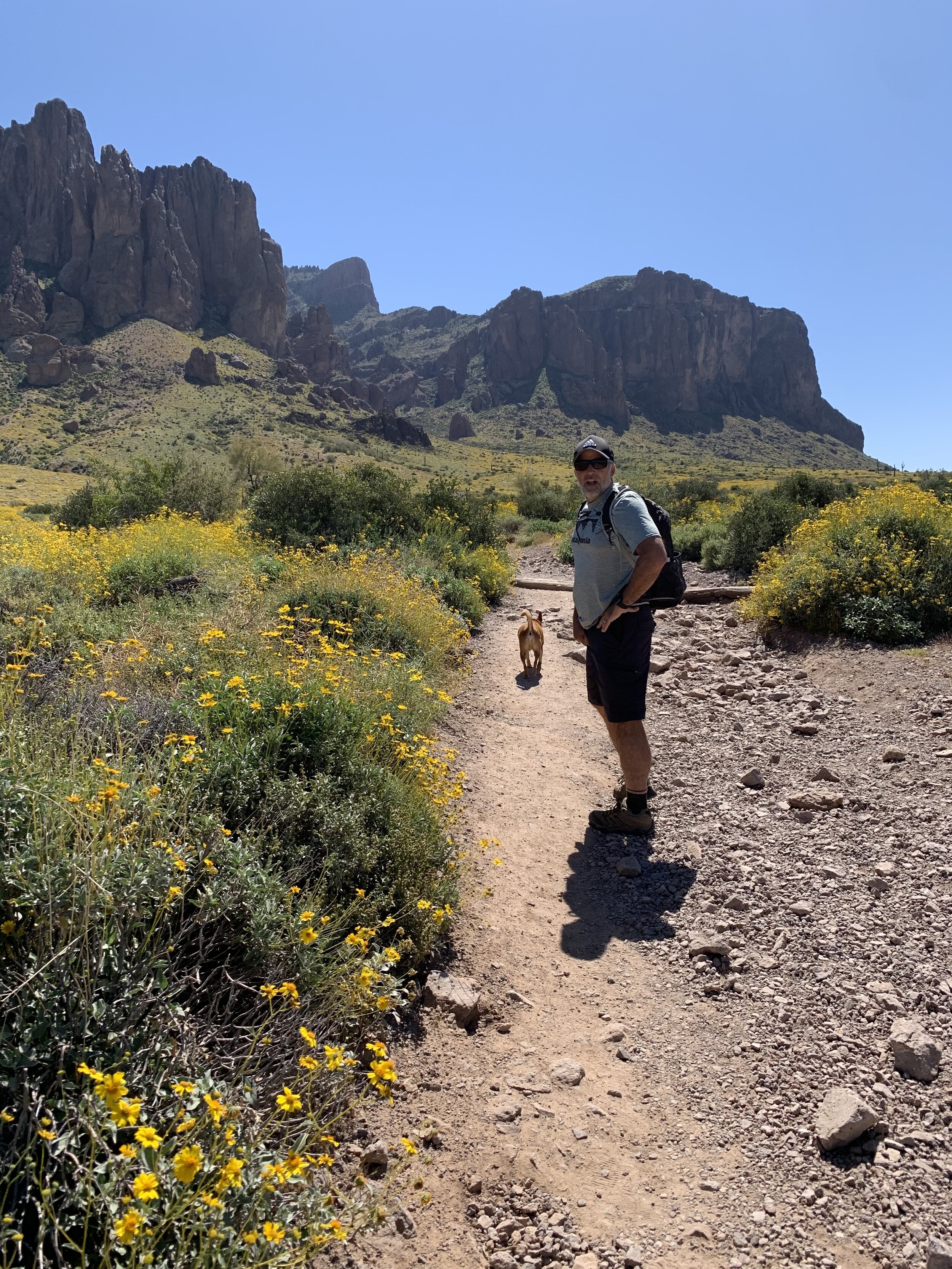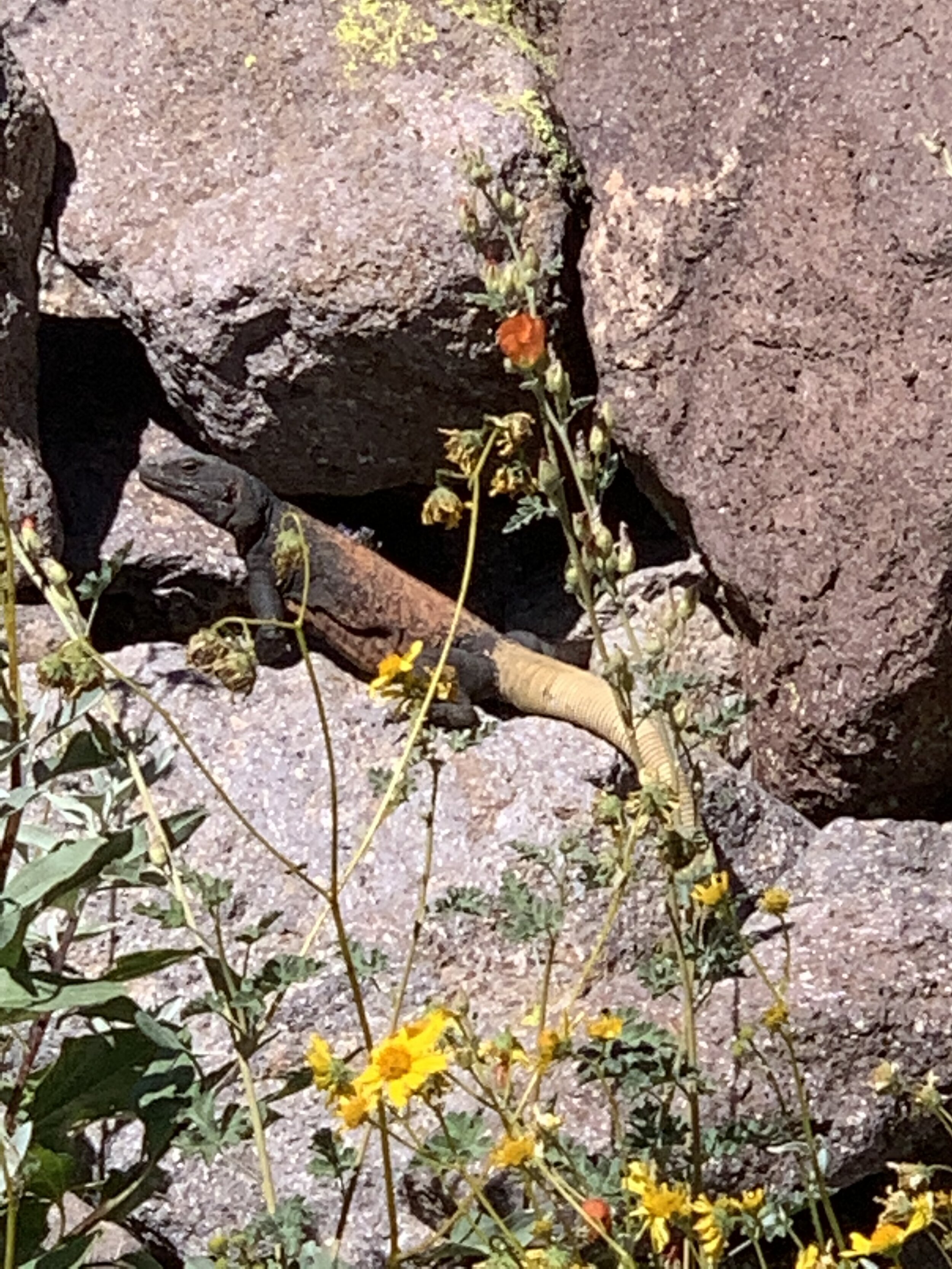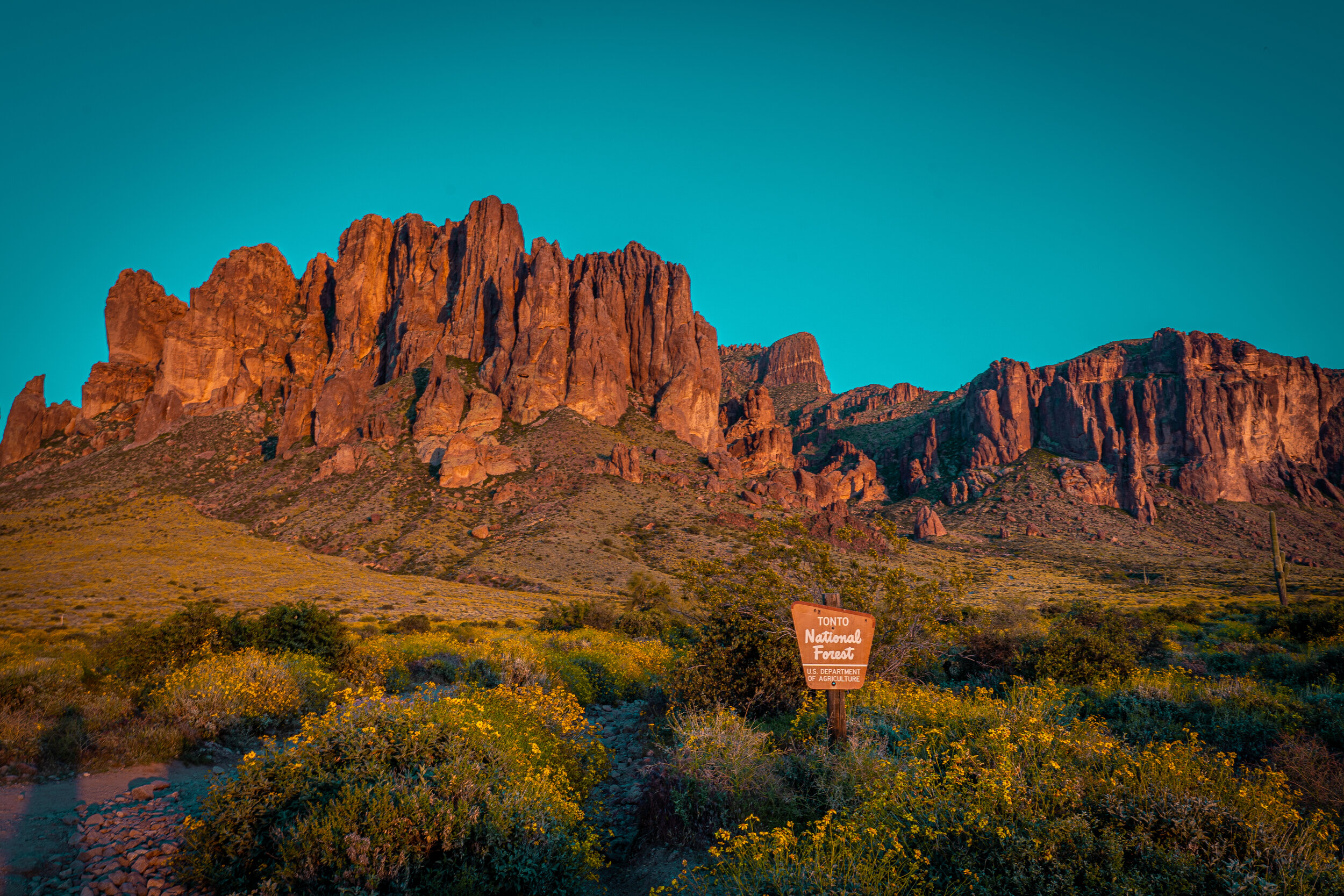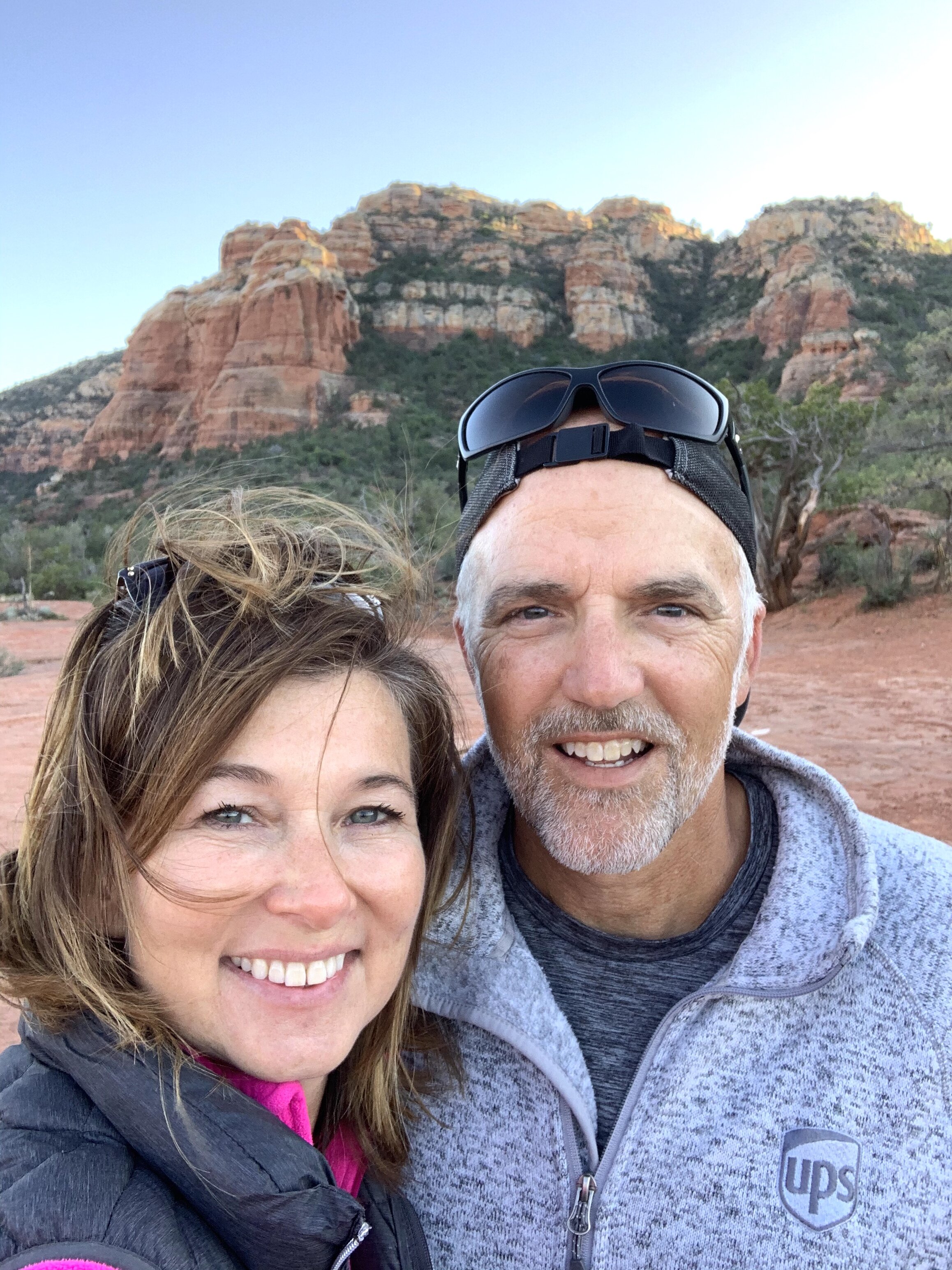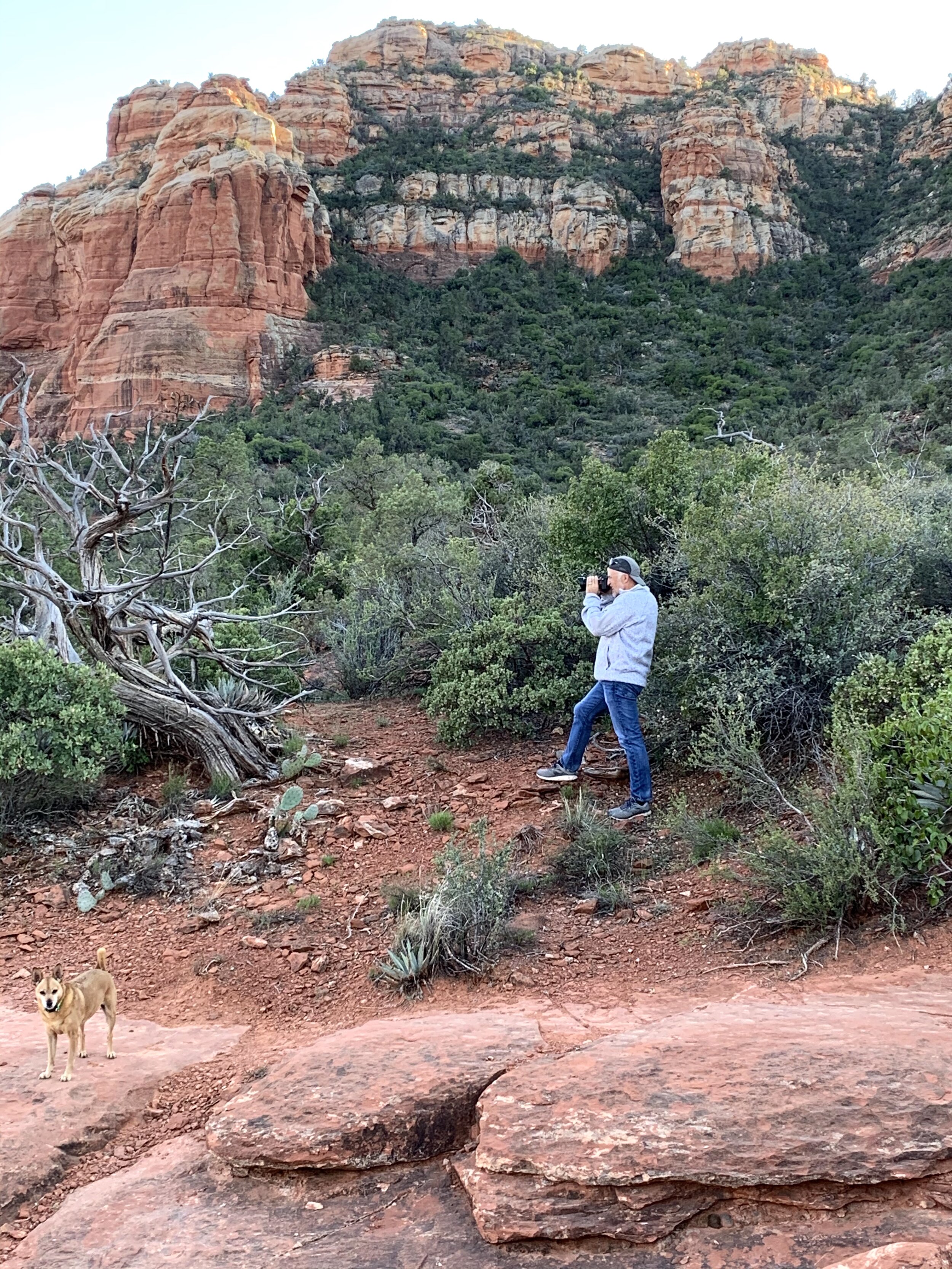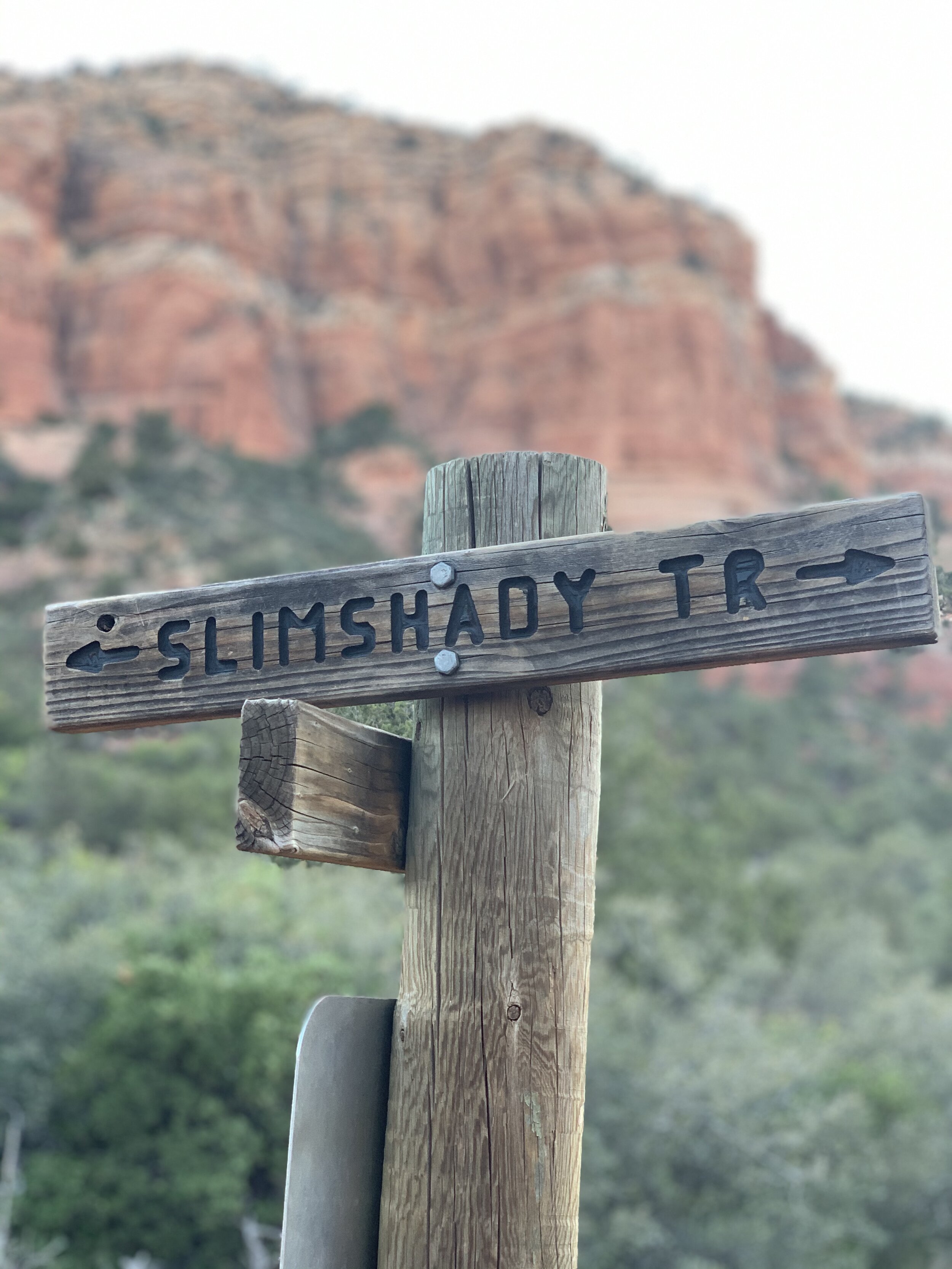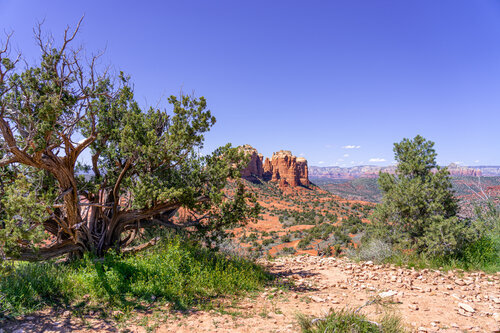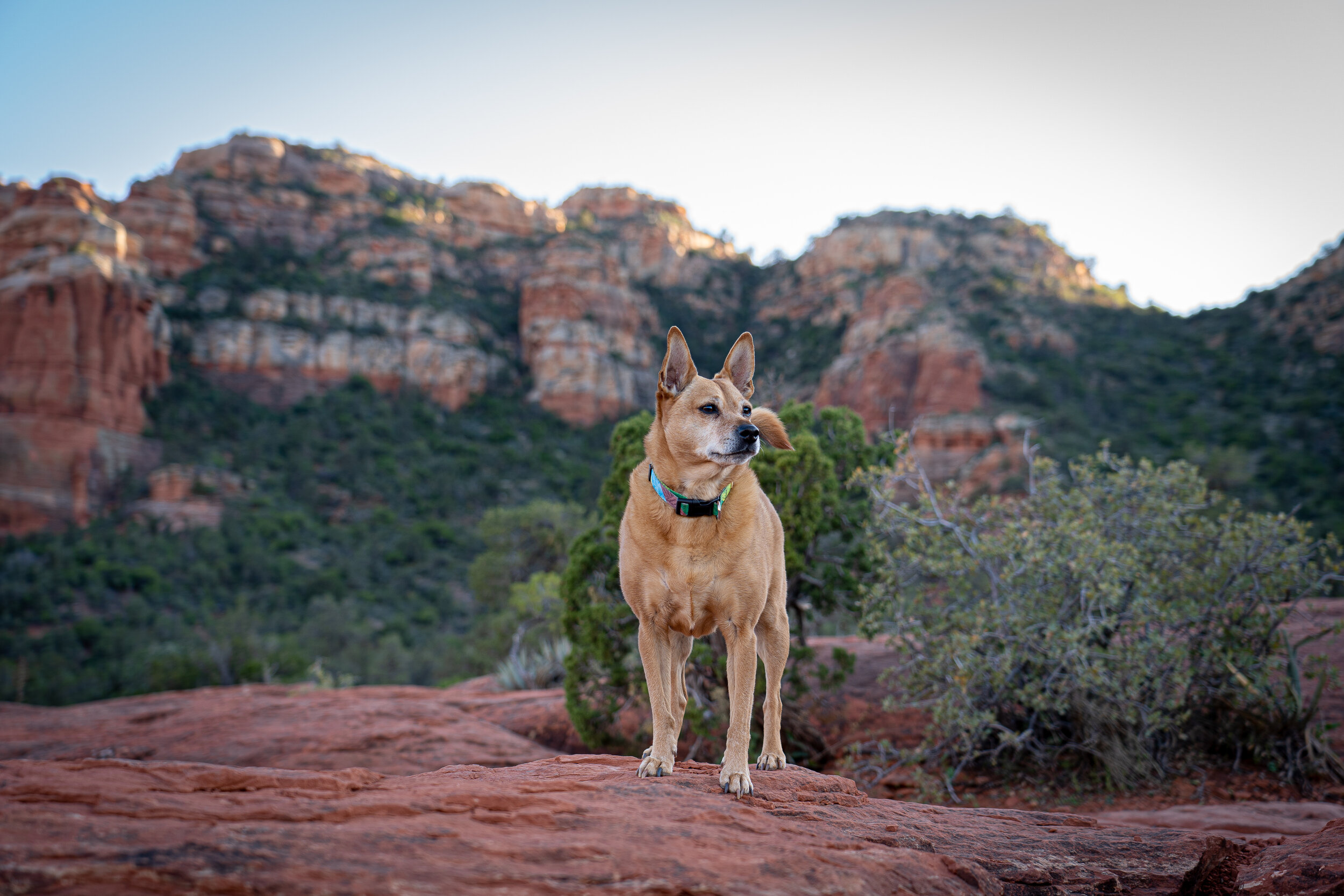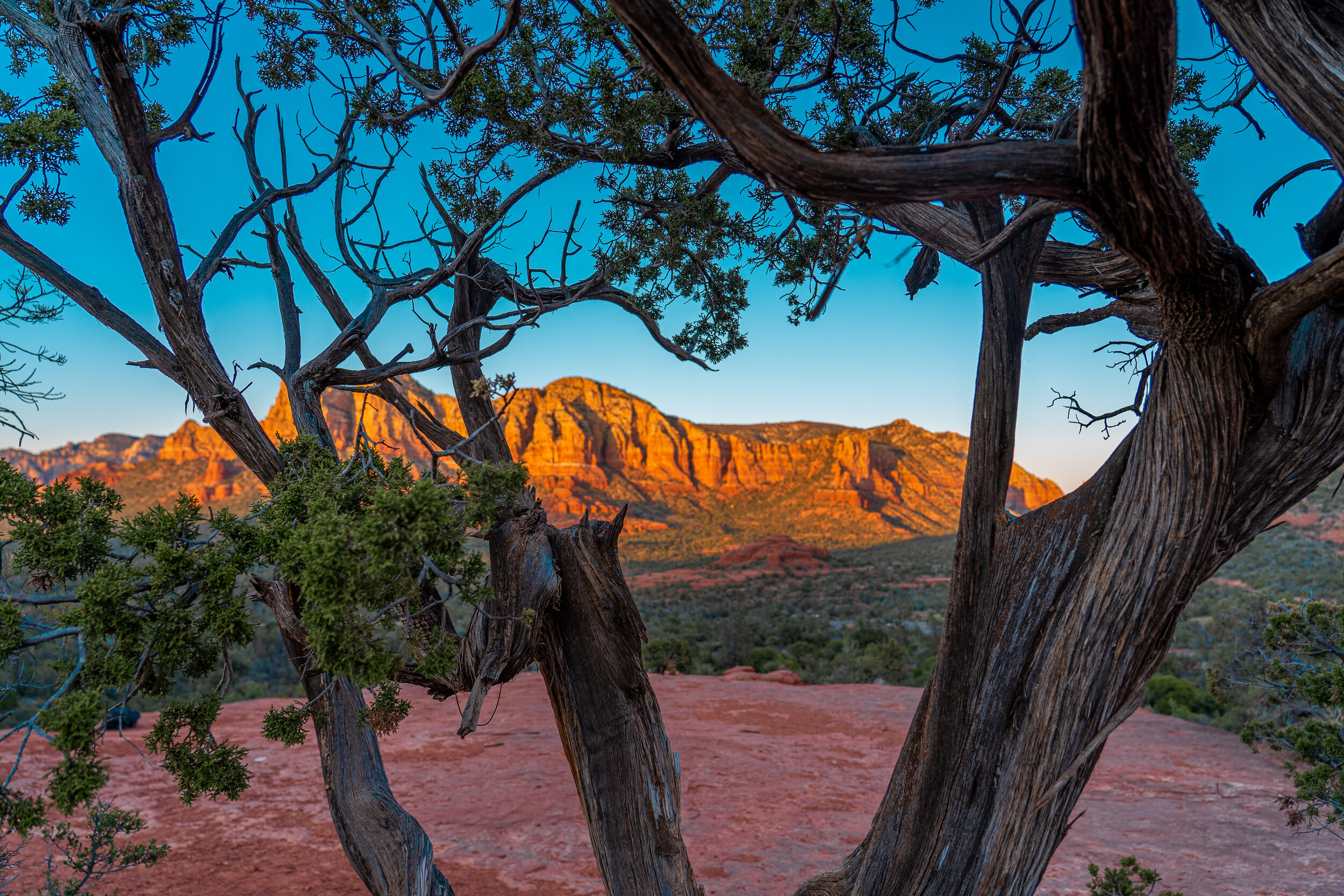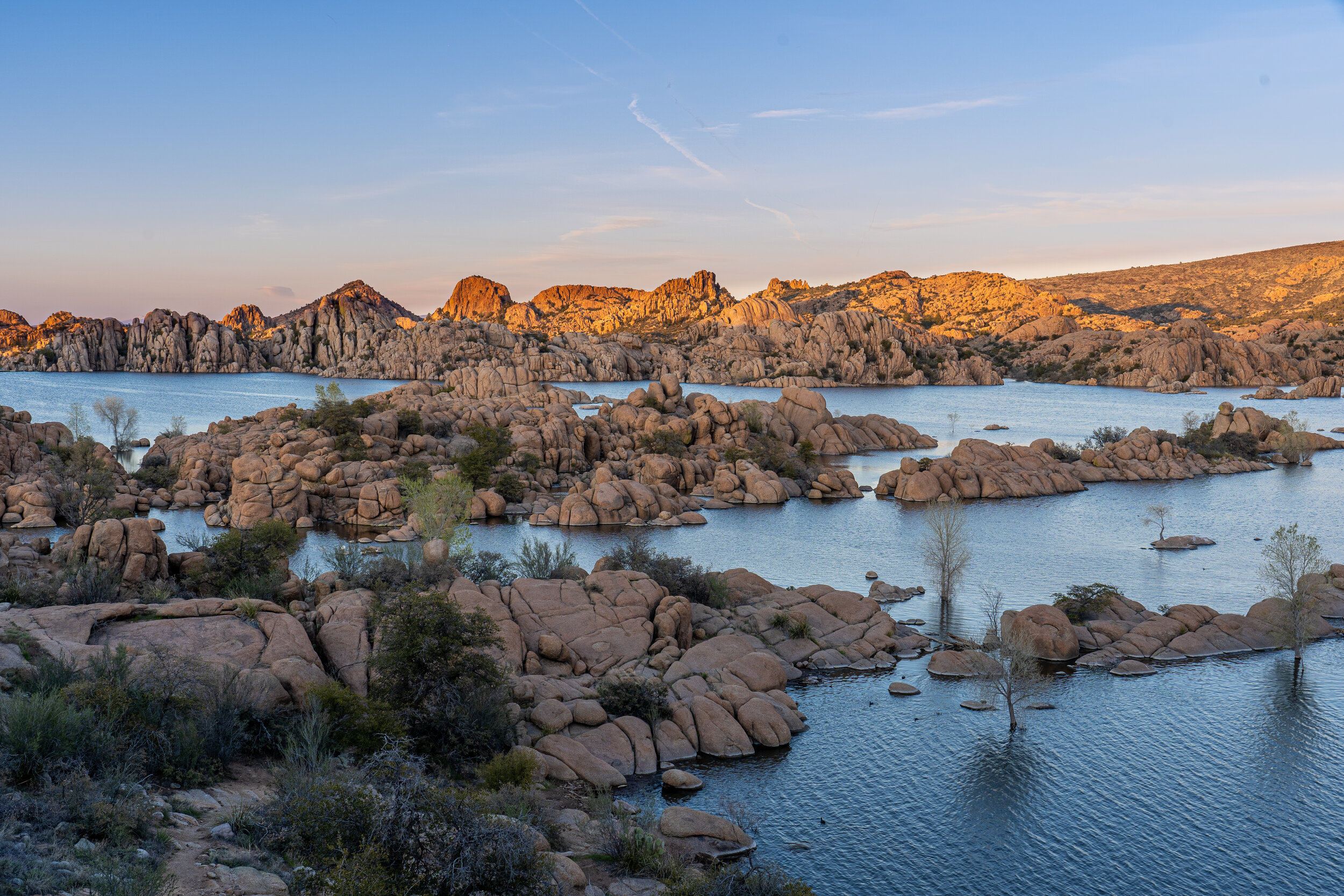Arizona-In Search of the Vortex!
What else can I say other than I love Arizona? That's why Glenda asked me to write the blog for this portion of our trip. We traveled through Arizona at a great time, the weather was warming to spring temperatures, and the landscapes were starting to show their spectacular spring colors. We were not planning to spend much time in Arizona during this portion of our trip, but it seemed less restrictive in its response to COVID, so we enjoyed eleven days here.
The Arizona trip started with a short stop in the town of Tombstone, also known as The Town Too Tough To Die. Going to Tombstone was like going back into the time of the wild west when Americans were starry-eyed with the prospects of gold and silver mines and beginning a new life in a brand new frontier. Much of the town has been maintained or restored to its original 1880's glory. Walking down Allen Street (the main thoroughfare) and thinking about life as a cowboy was interesting, and trying to remember the stories and movies of the famous gunfight at the nearby O.K. Corral, which involved a shooting with 30 shots fired, lasted 30 seconds and left three men dead.
After Tombstone, we stayed in an awesome county park called Gilbert Ray right outside of Tucson. Gilbert Ray Campground was lightly occupied, so we enjoyed beautiful surroundings while maintaining a safe distance from everyone. Most notable about the Tucson Mountains are the abundance of the Saguaro cactus. 🌵 Glenda and I had never seen this cactus in real life before and did not expect them to be so plentiful and big.
Nature Insight: The Saguaro is a tree-like cactus that can grow to be over 40 feet tall and is native to the Sonoran Desert in Arizona. It has a relatively long lifespan, often exceeding 150 years. They may grow their first side arm any time from 75–100 years of age, but some never produce any arms. The arms develop to increase the plant's reproductive capacity, as more arms lead to more flowers and fruit. A saguaro can absorb and store considerable amounts of rainwater, visibly expanding in the process, while slowly using the stored water as needed. This characteristic enables the saguaro to survive during periods of drought. The cactus is also an ideal residence for birds, bats, and bees, which find the internal temperature 20 degrees cooler in summer and correspondingly warmer in winter.
After leaving Tucson, we made our way north to the Phoenix area to a town called Apache Junction and stayed in Lost Dutchman State Park. This park had access to great trails, including one of the most challenging in the state. I did about 2/3 of the hike but would love to go back and complete it in its entirety. We were able to go into town and see Scottsdale and Tempe on our way to Papago Park, a local family park. Scottsdale seemed like a great town to visit with all kinds of shops and restaurants, but it was deserted when we drove through.
After Phoenix, we drove to Sedona. I had heard great things about Sedona for years and was looking forward to visiting. We were staying in a small town outside of Sedona, so we drove into town on our first night to have a look around. Like Scottsdale, the town was pretty deserted with not much going on. Many of the trails were open, so we were able to do some hiking and appreciate the natural beauty unique to Sedona on some of the other days. Glenda and I were curious about the "supernatural" power attributed to the energy vortexes in Sedona. We were skeptical but wanted to know more about what people believed was present there. While we didn't observe anything out of the ordinary, other than Sedona's spectacular beauty, I will say Clay seemed to exhibit an abnormal amount of energy and enthusiasm when we were there one evening for sunset pictures. He ran around the rocks and mountains a million miles an hour and had the time of his life. Whether any of that was related to the energy vortex, I guess we'll never know!
While in Sedona, we began to question if continuing with our RV trip was practical. It seemed more and more restrictions were being implemented in the national and state parks, and it was becoming increasingly difficult to find places to hike. Also, we recognized that we are missing out on key aspects of traveling that are some of the most appealing--to experience the people and culture through museums, restaurants, shops, and local attractions. After a lengthy discussion, we decided to head east towards home and save many of the places we hoped to see for another time when they can be more fully experienced. We were planning to return to Atlanta in early May for our family vacation and a couple of other activities, so going home a few weeks earlier is not disappointing. Especially since due to travel restrictions, our children and family didn't get a chance to come to see us. We are really looking forward to seeing everyone!

